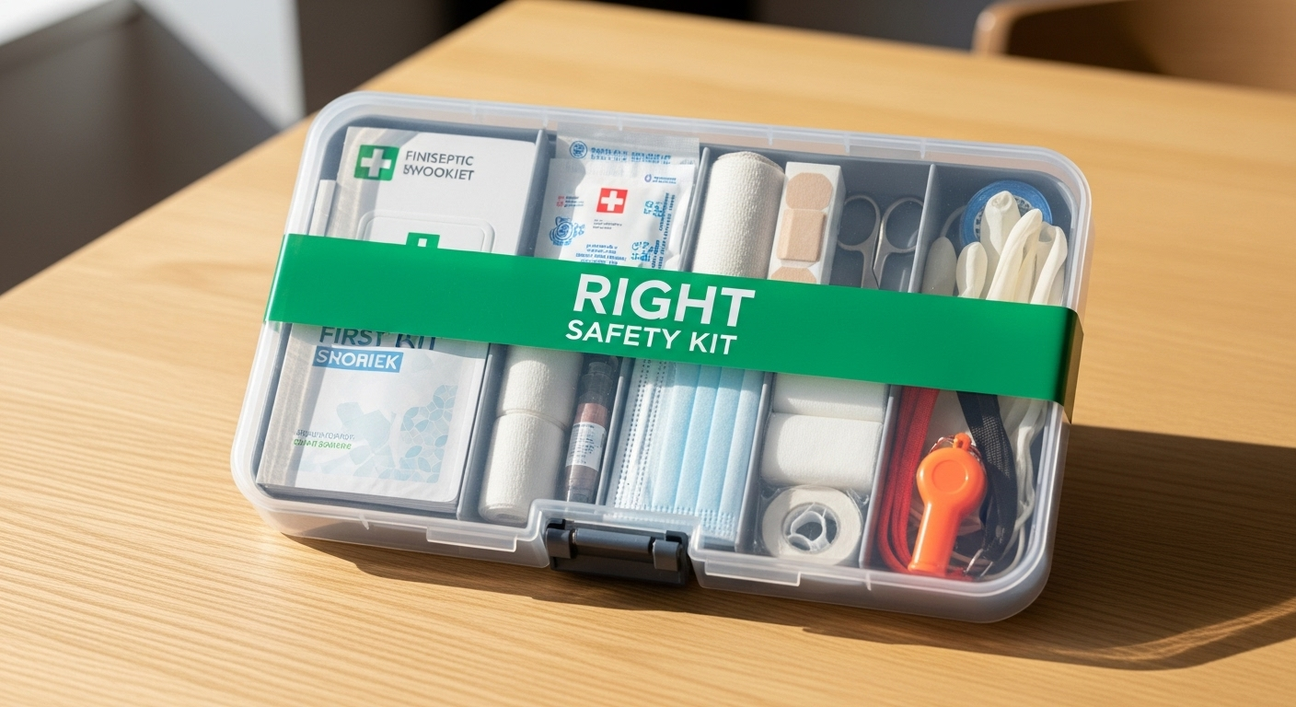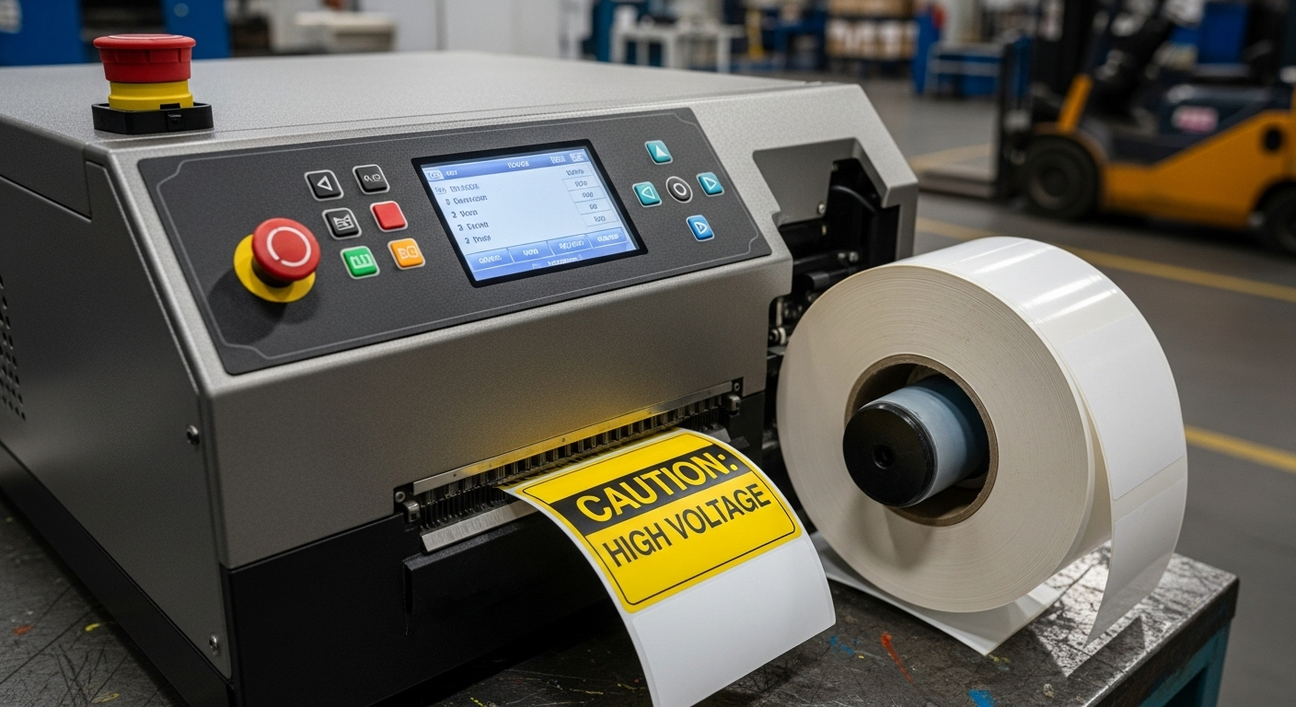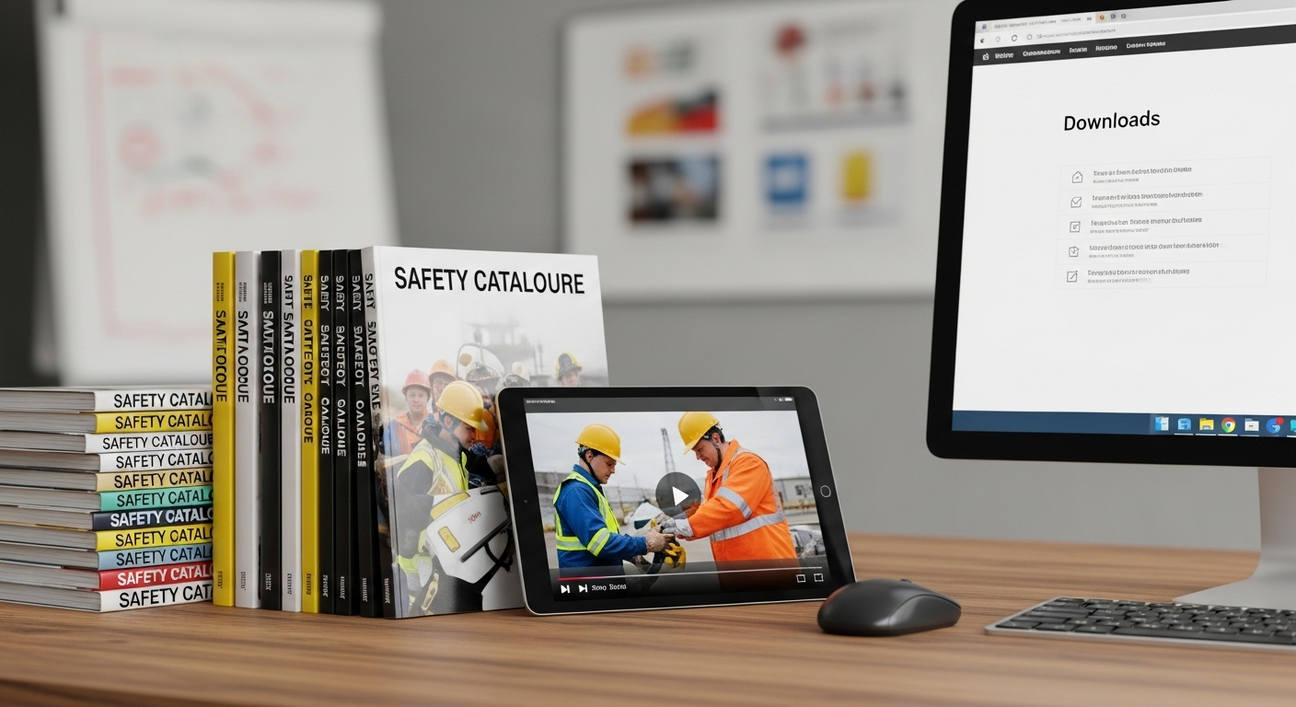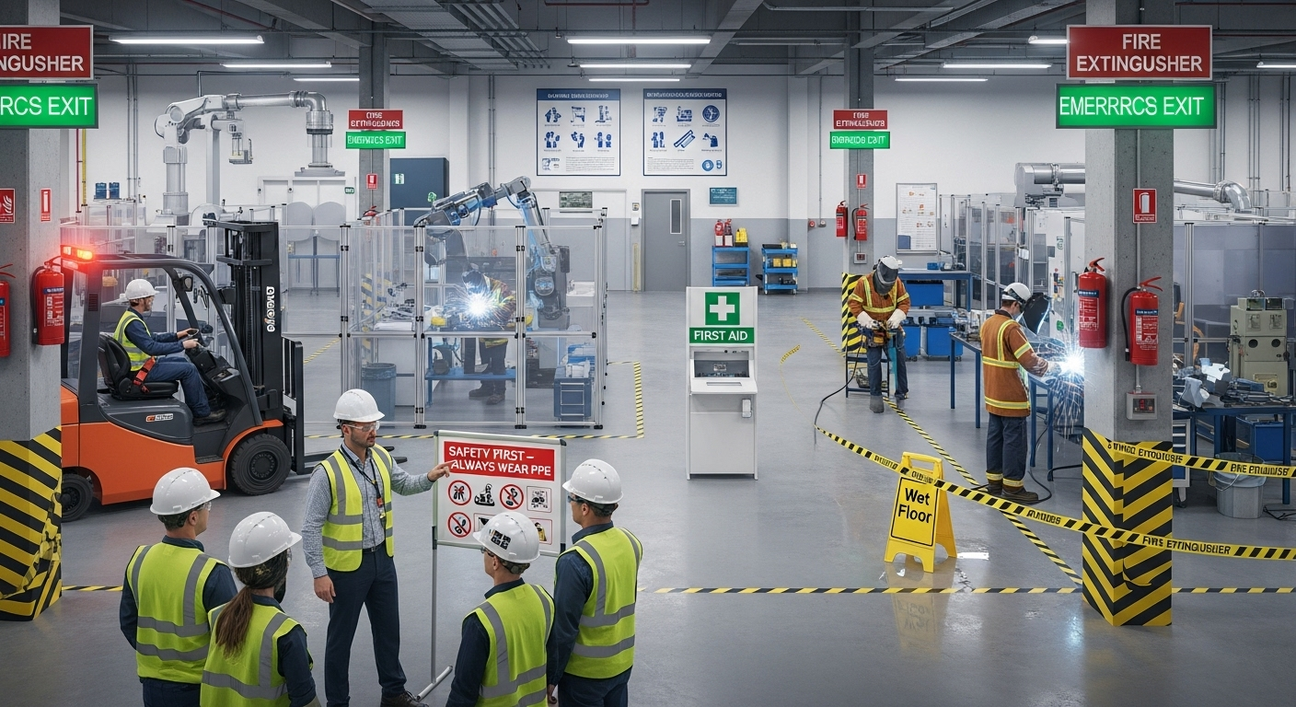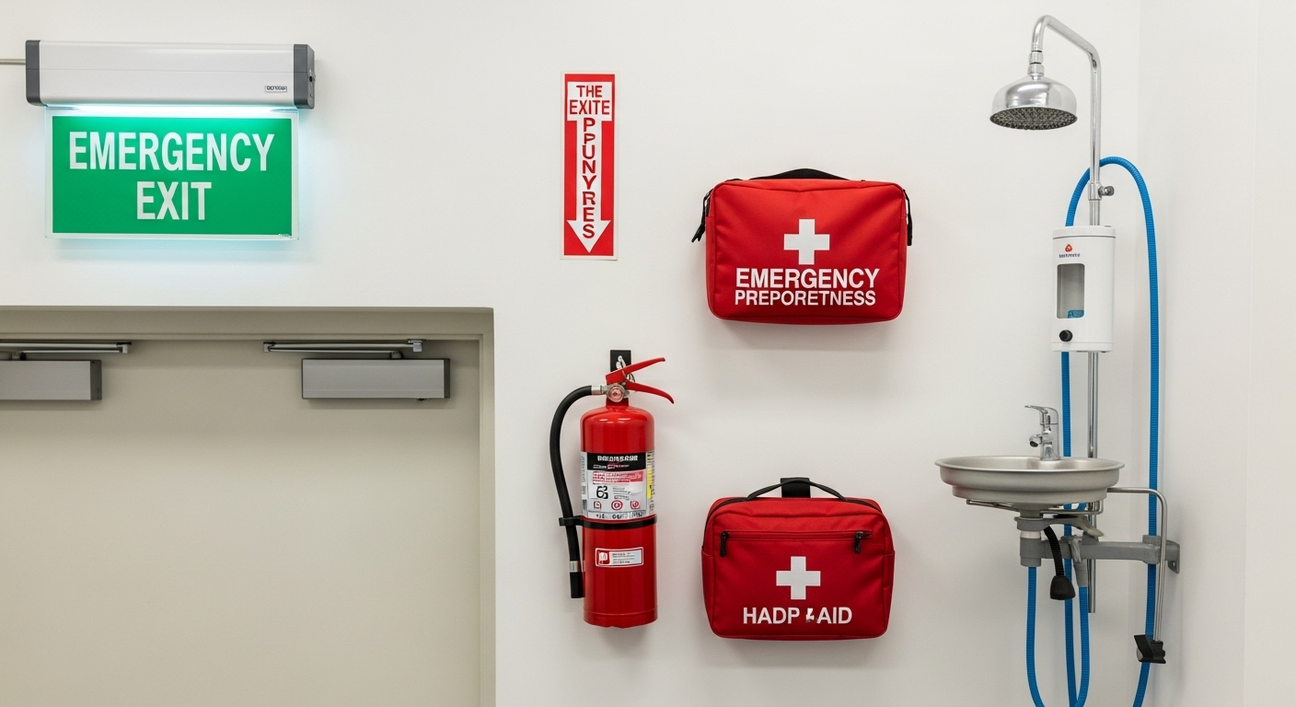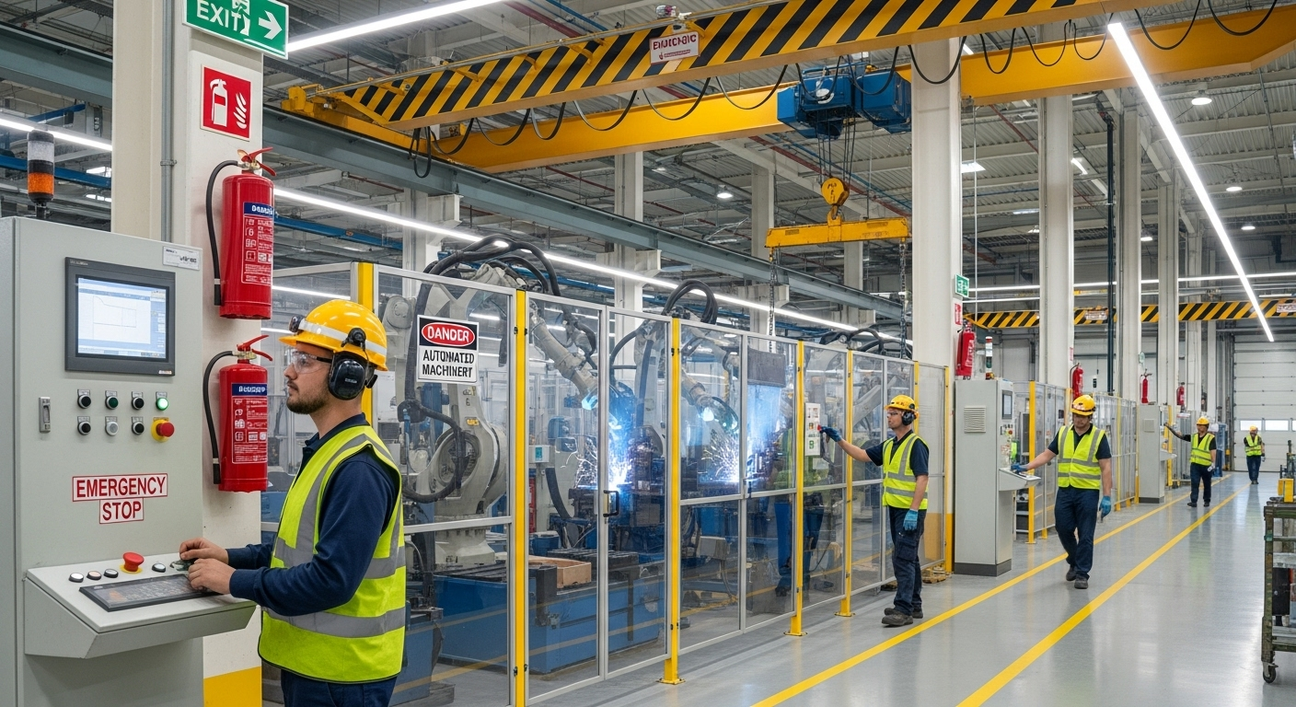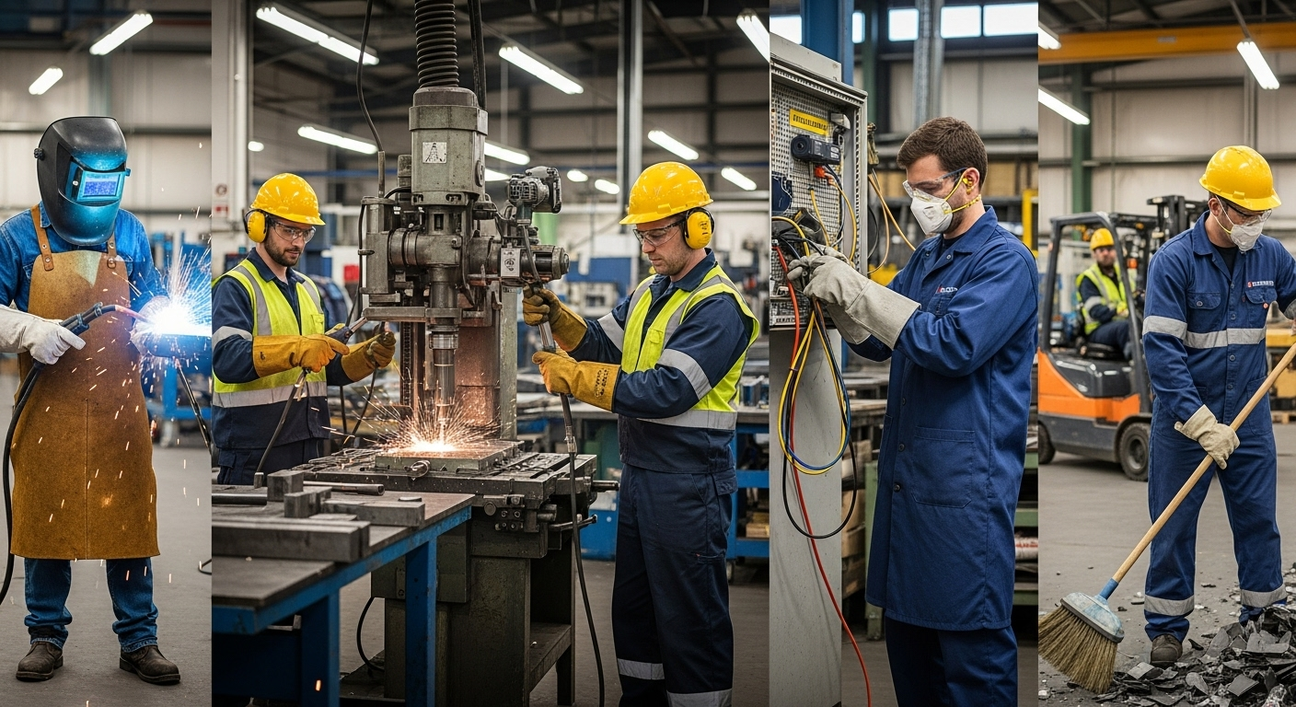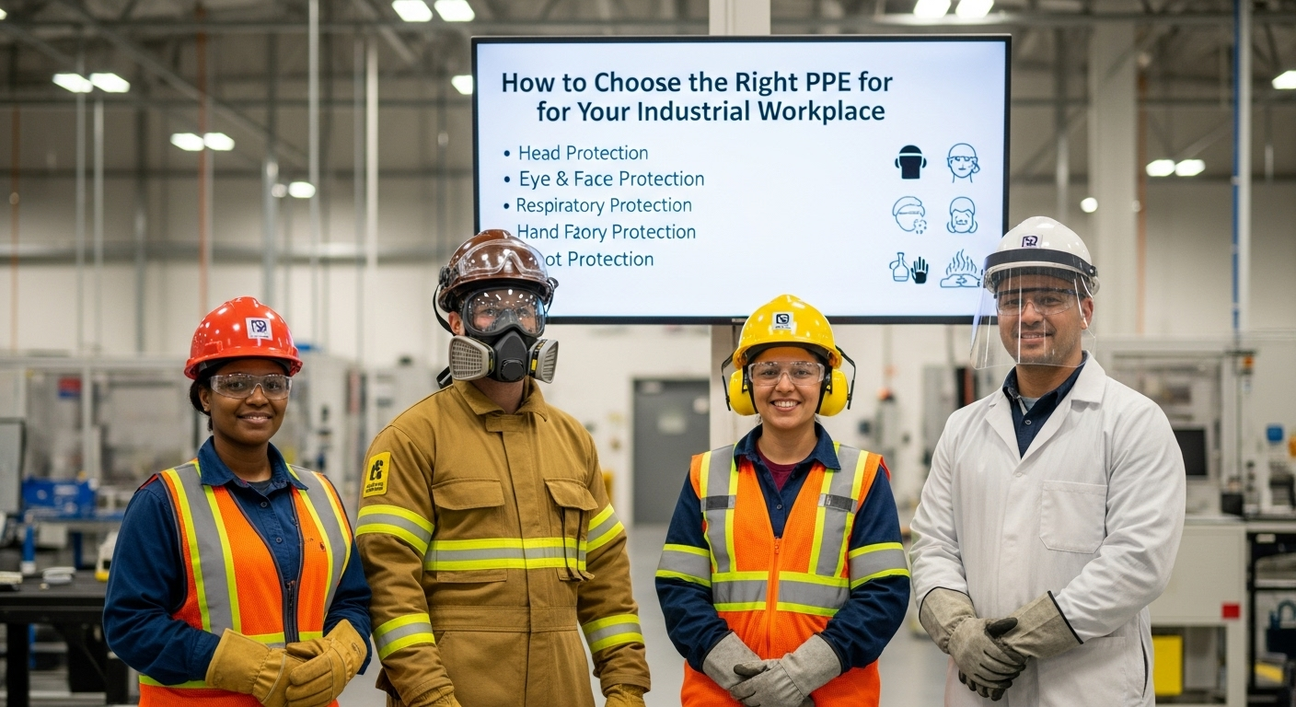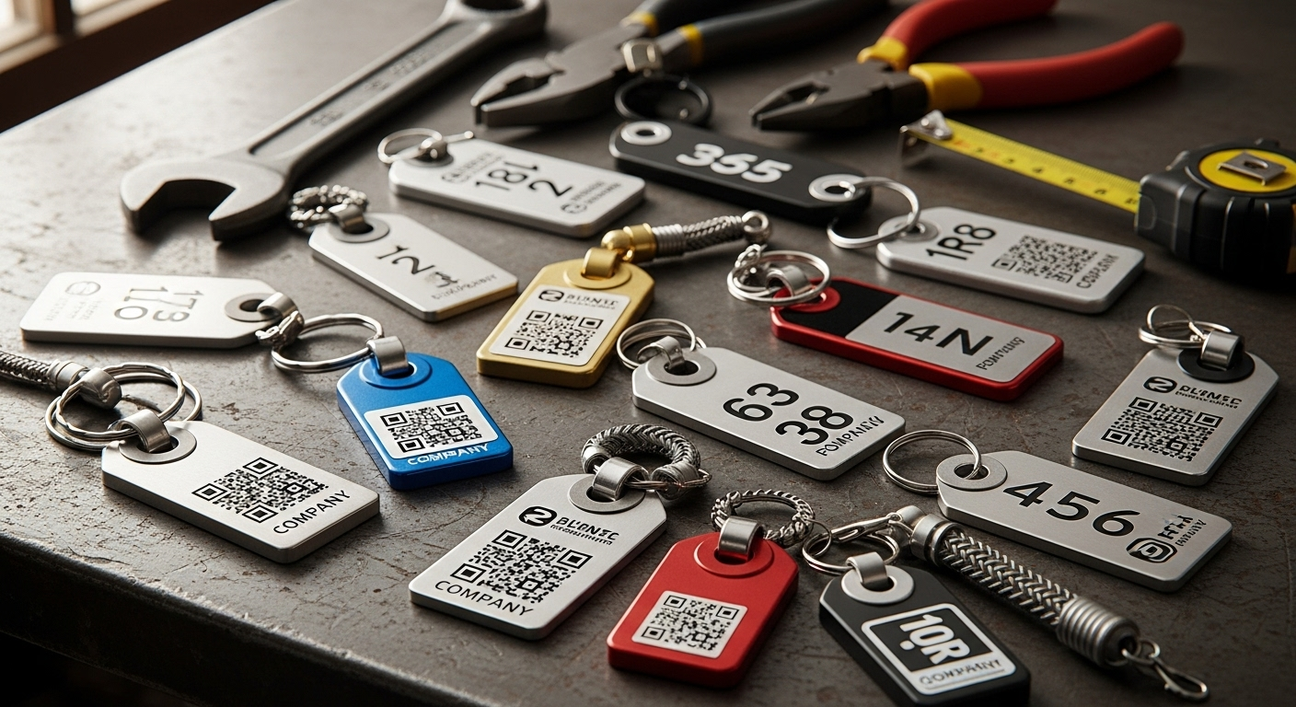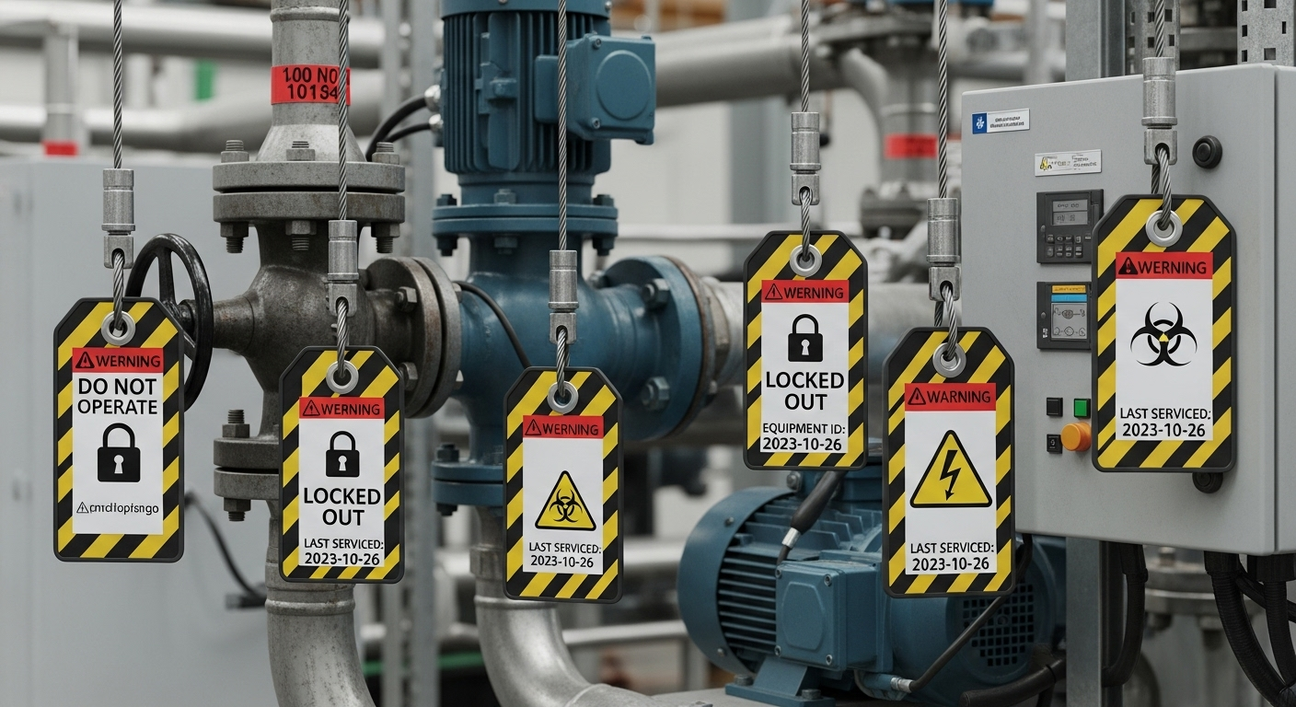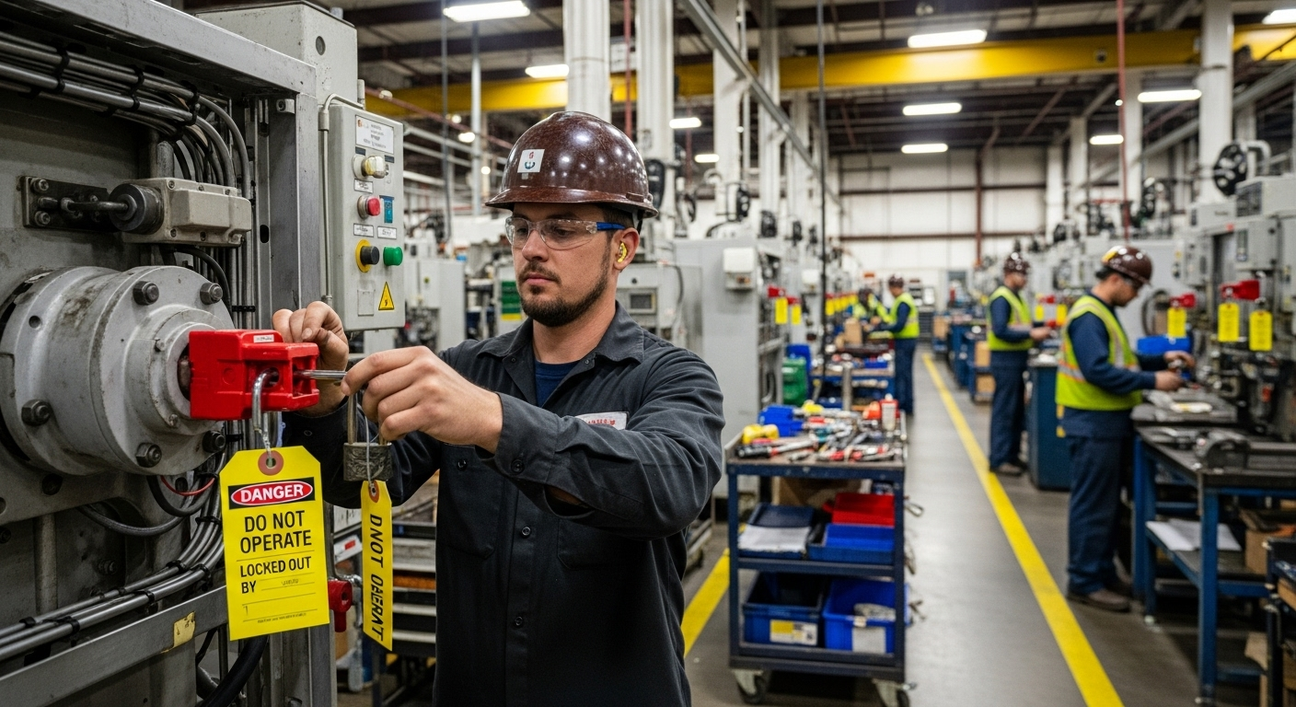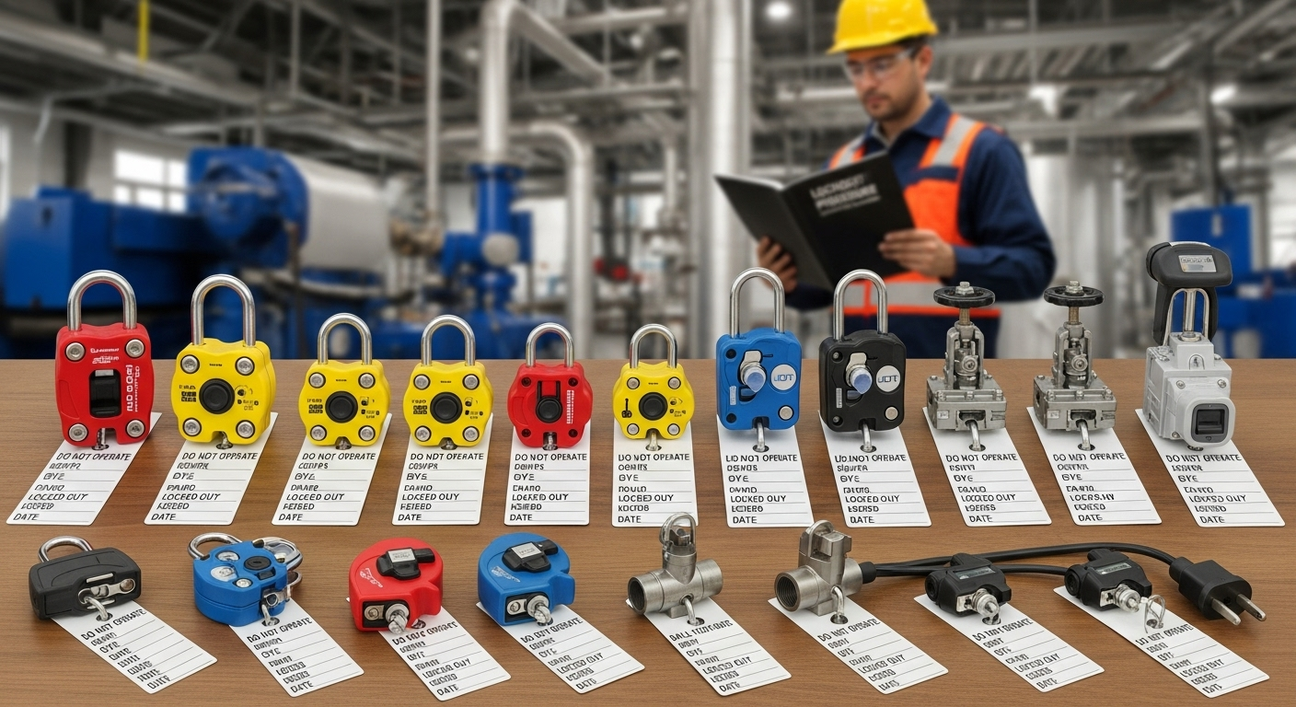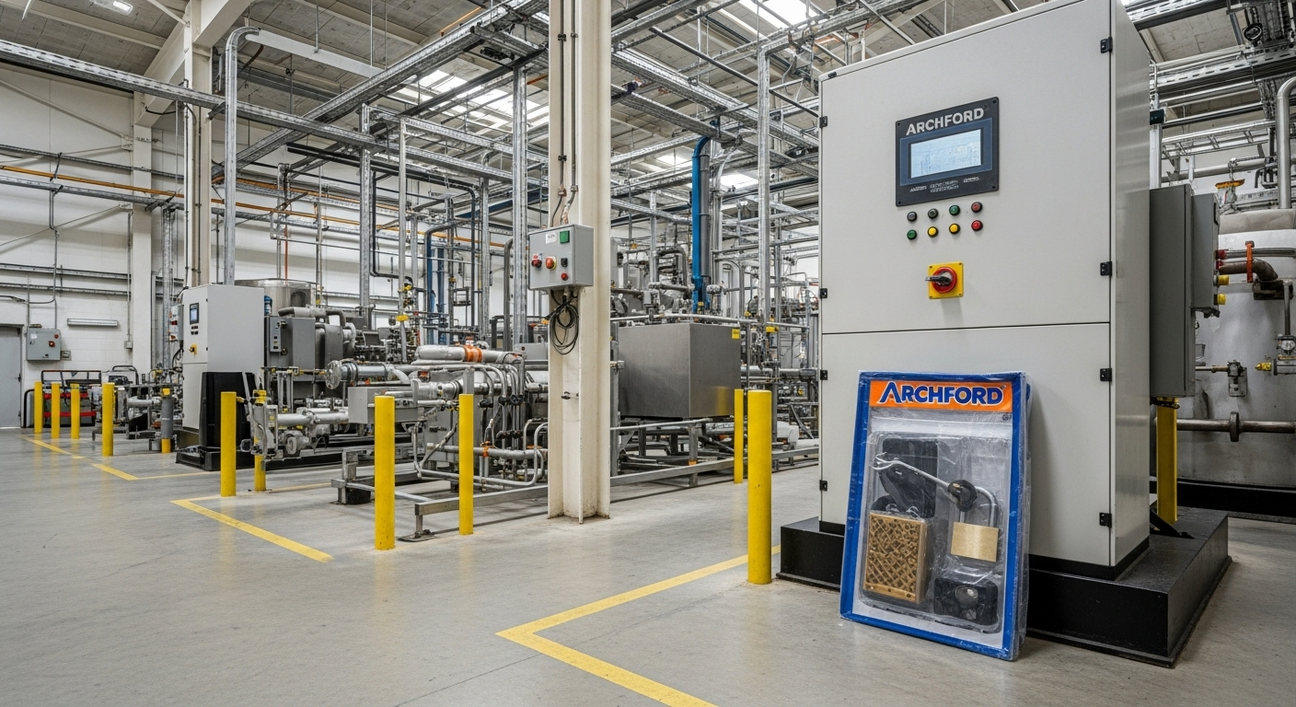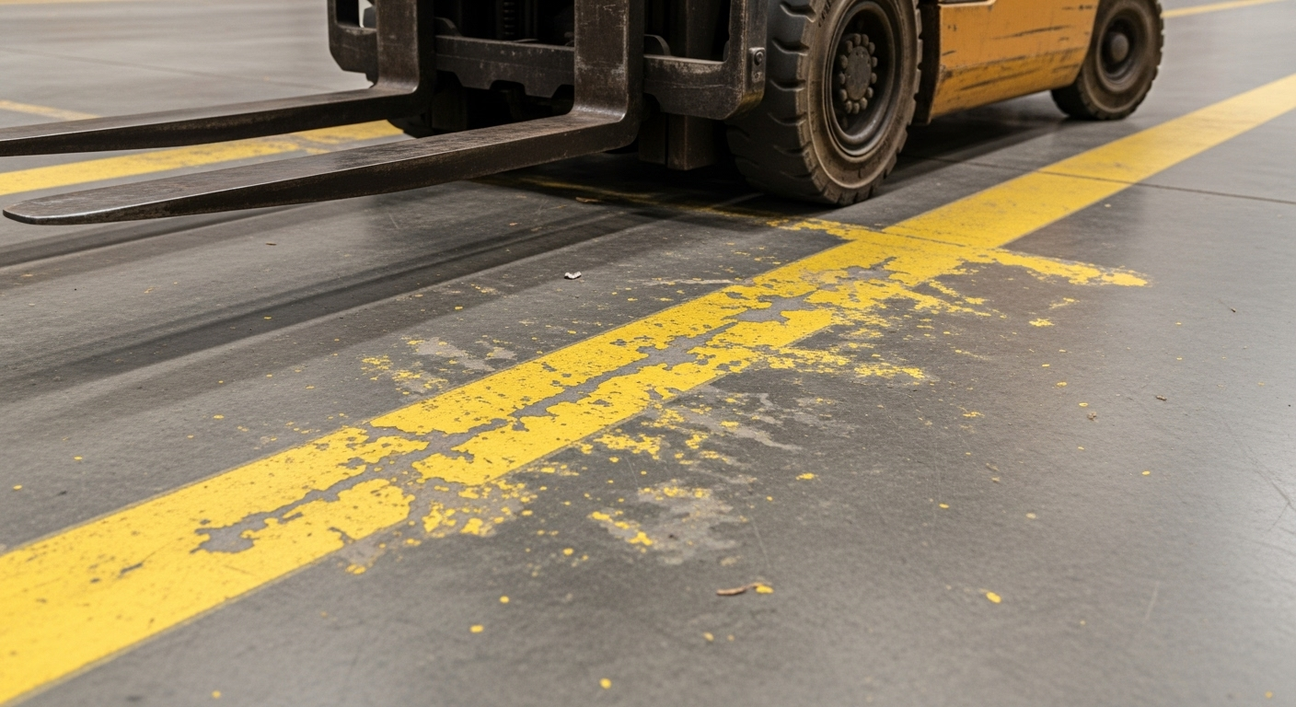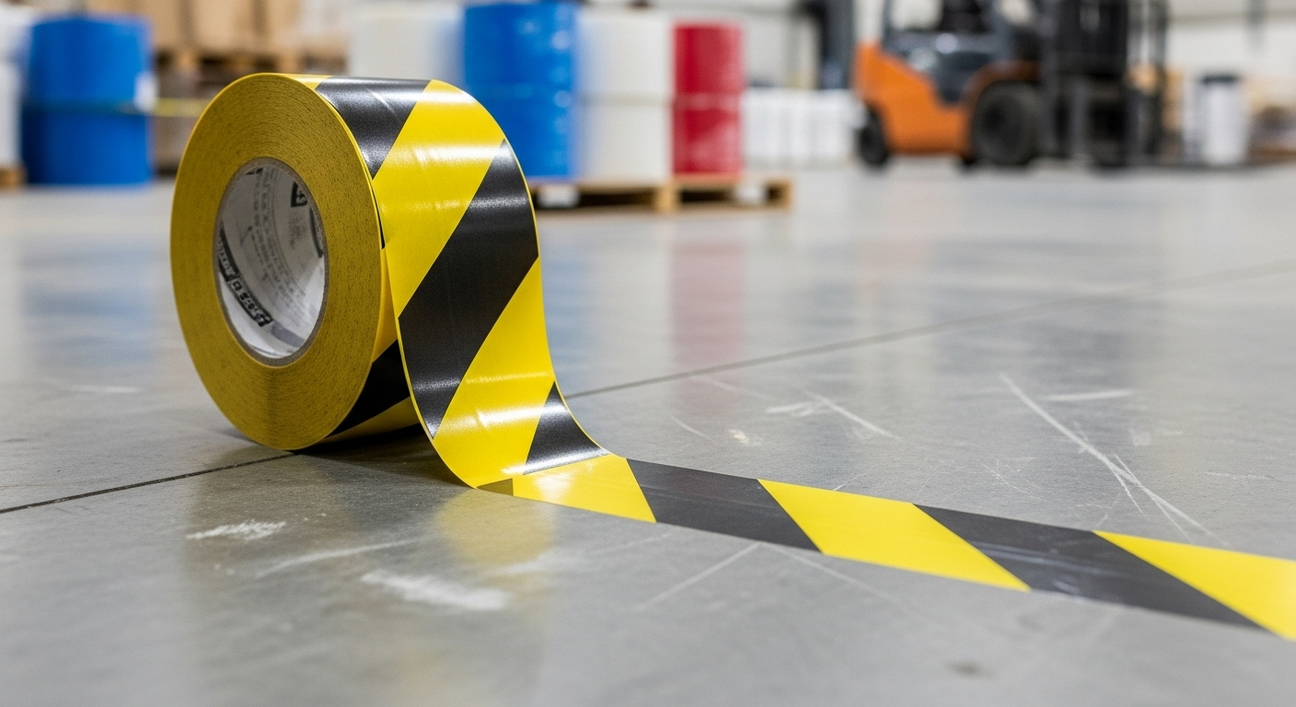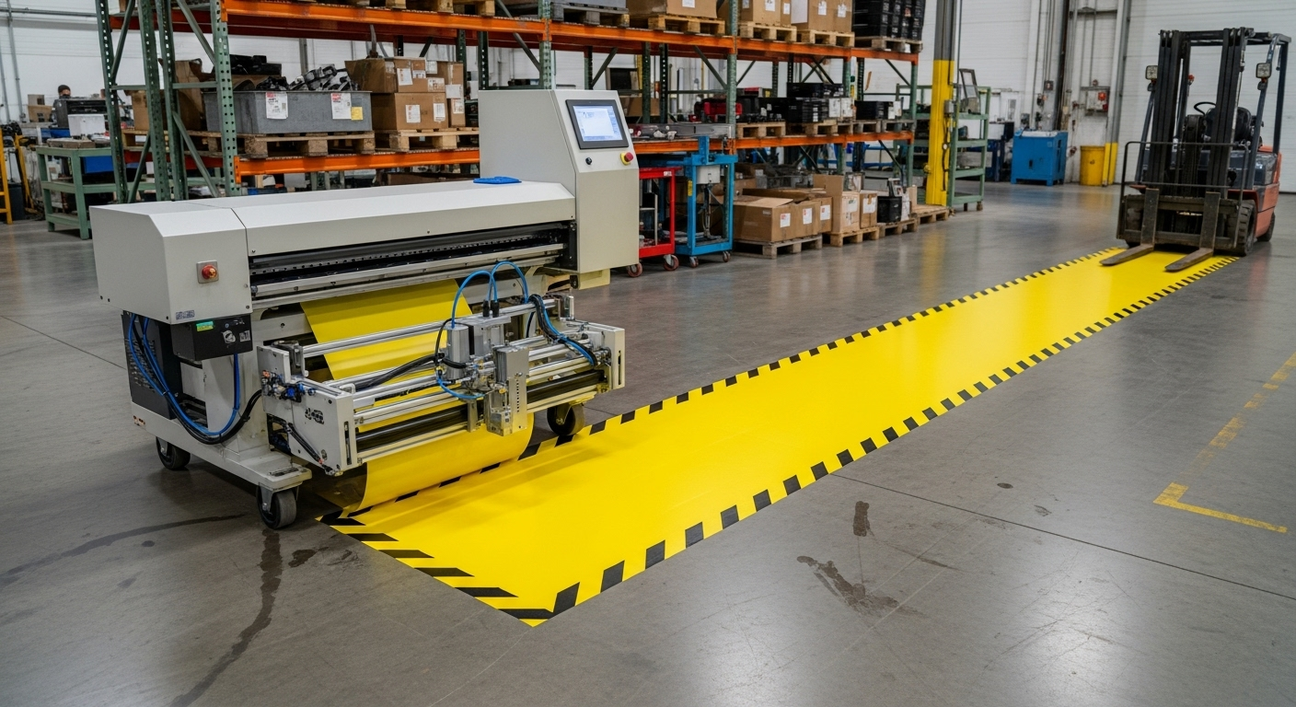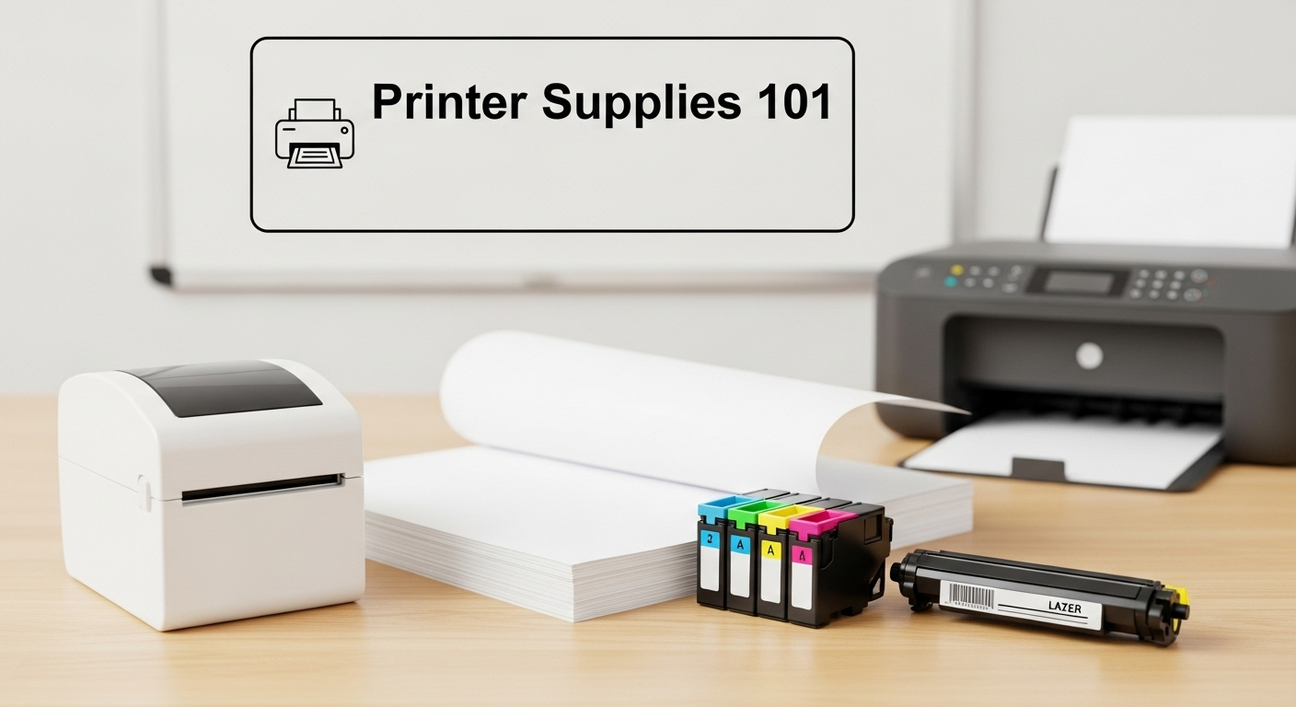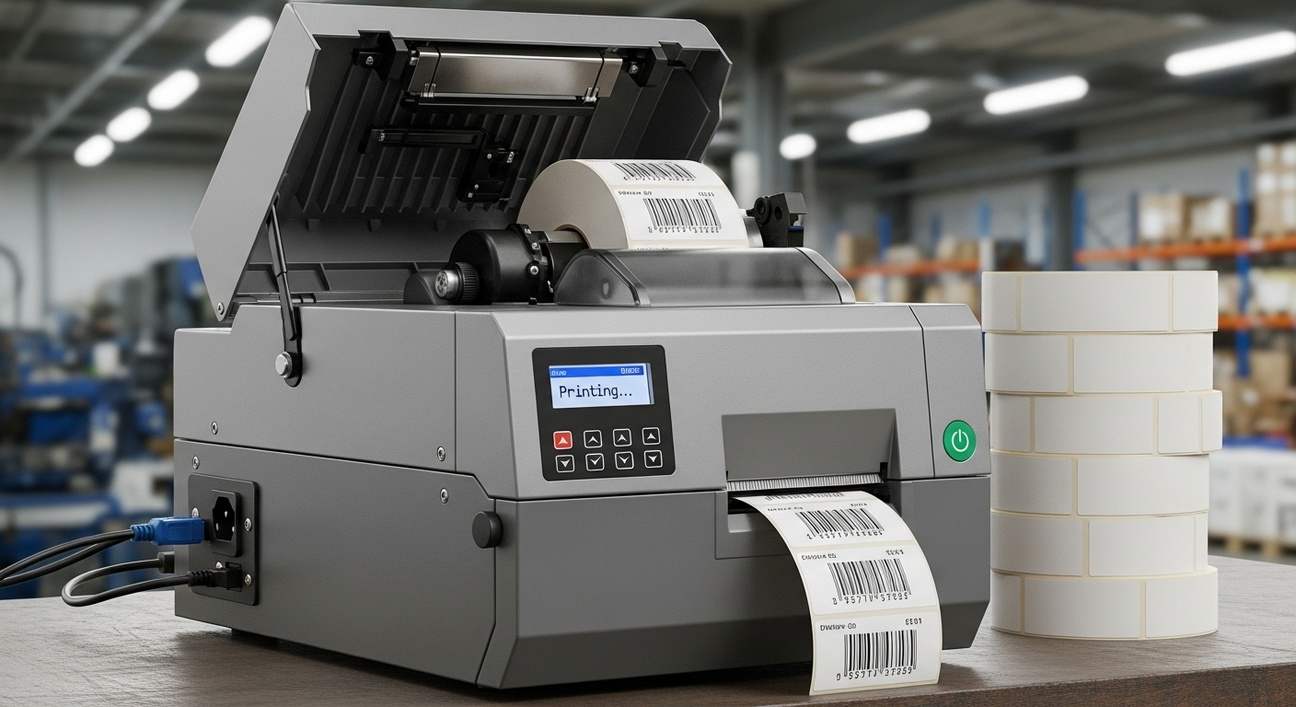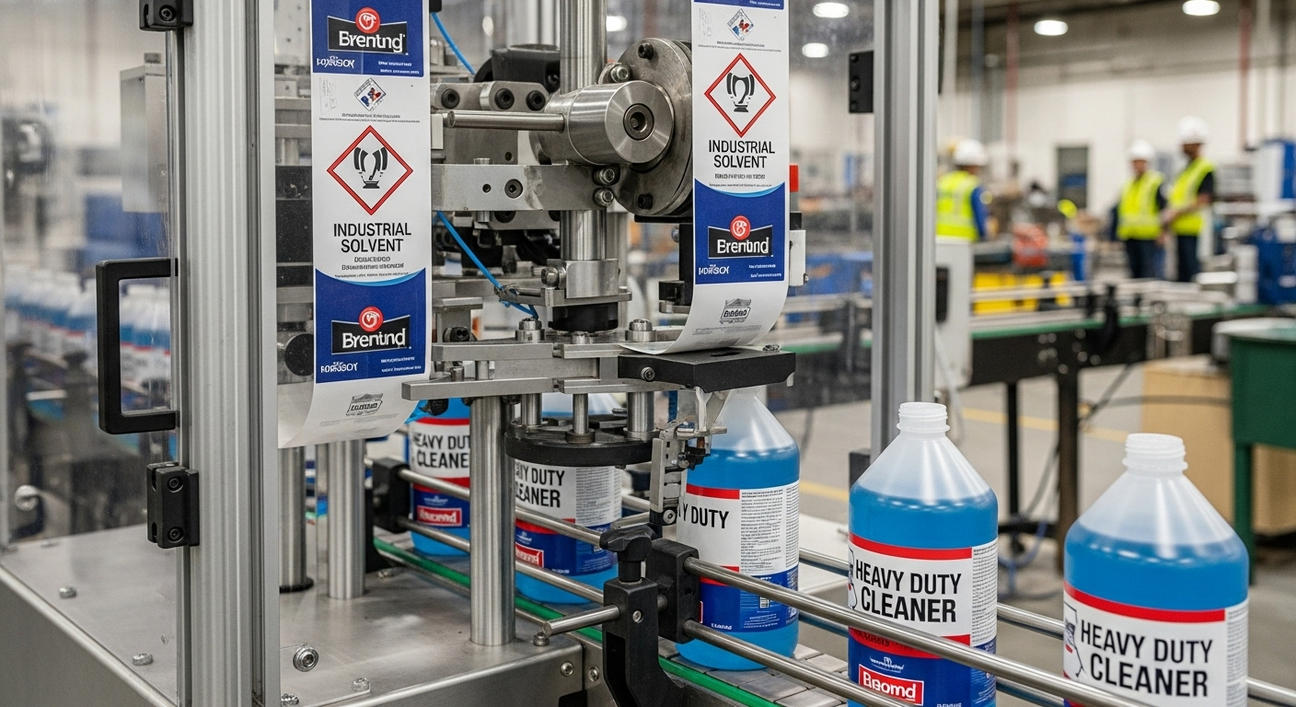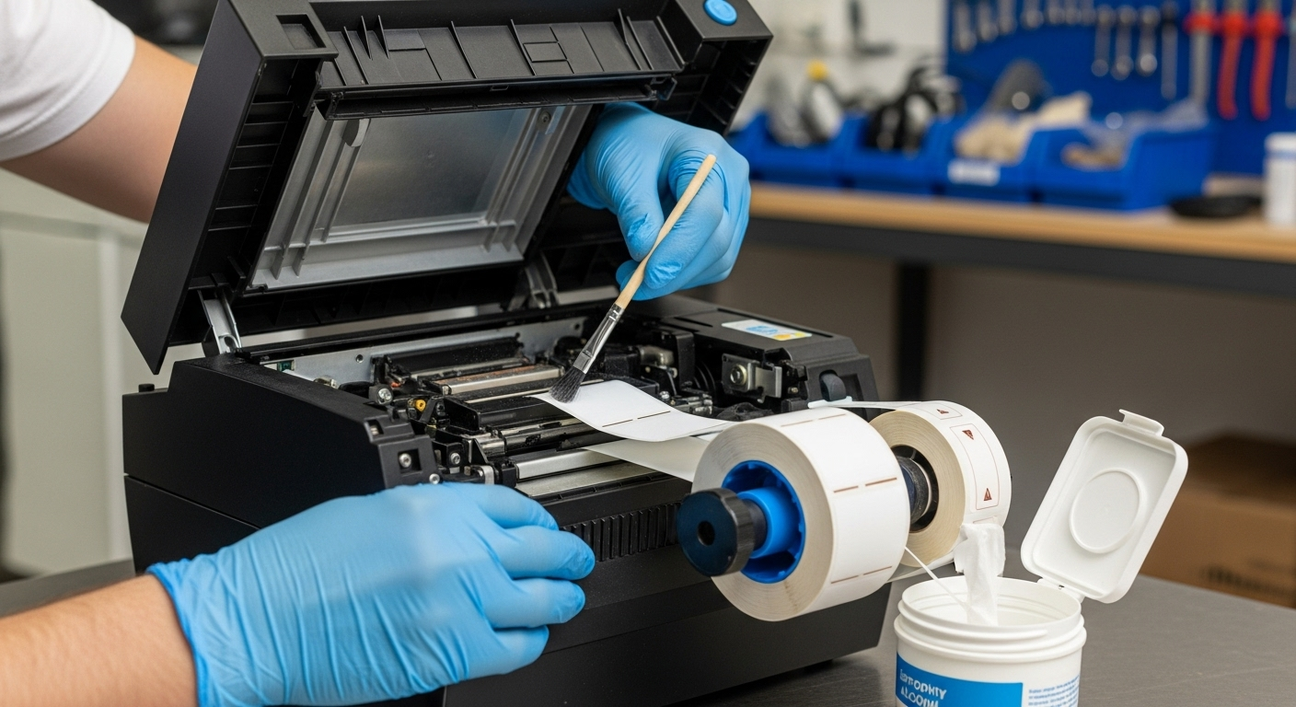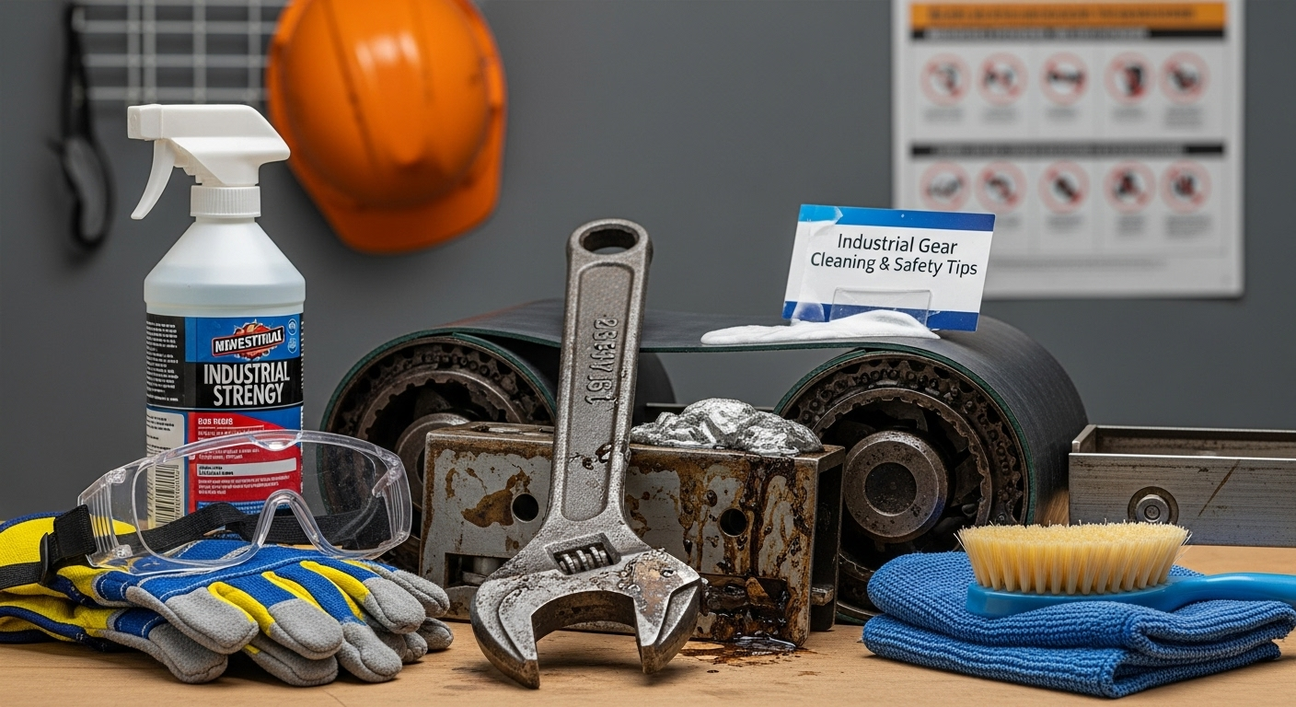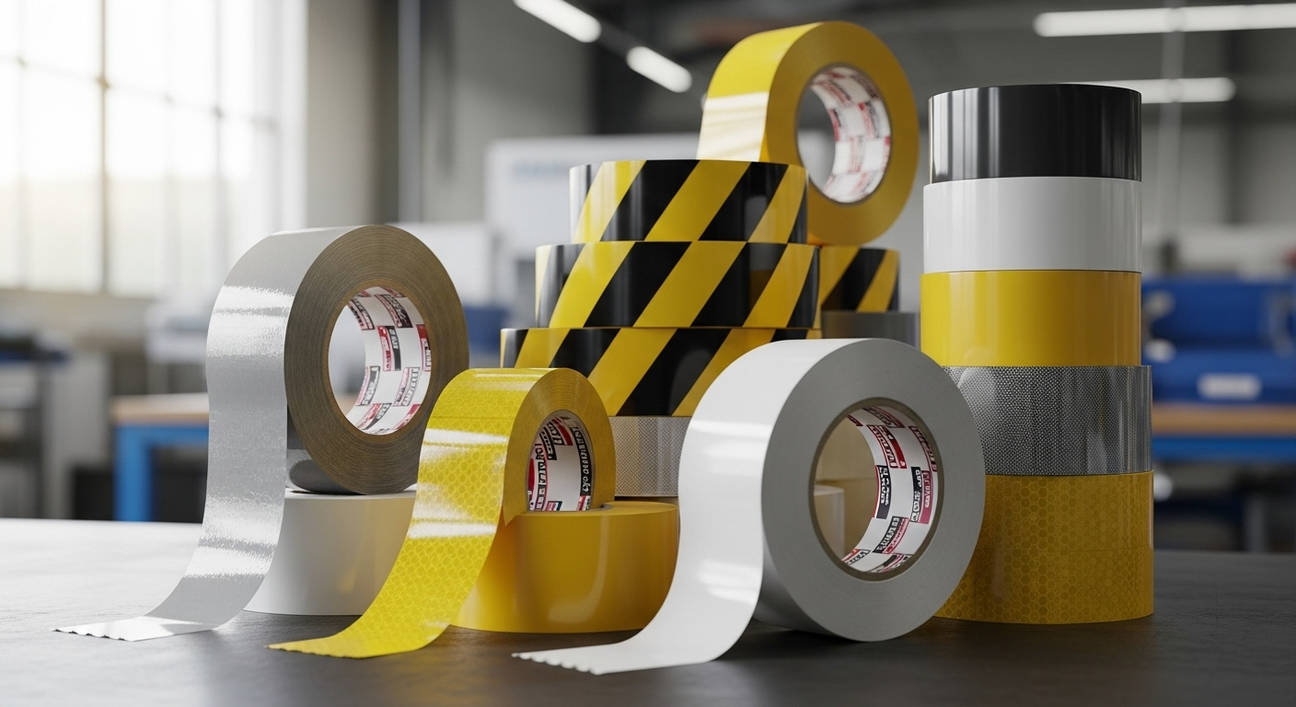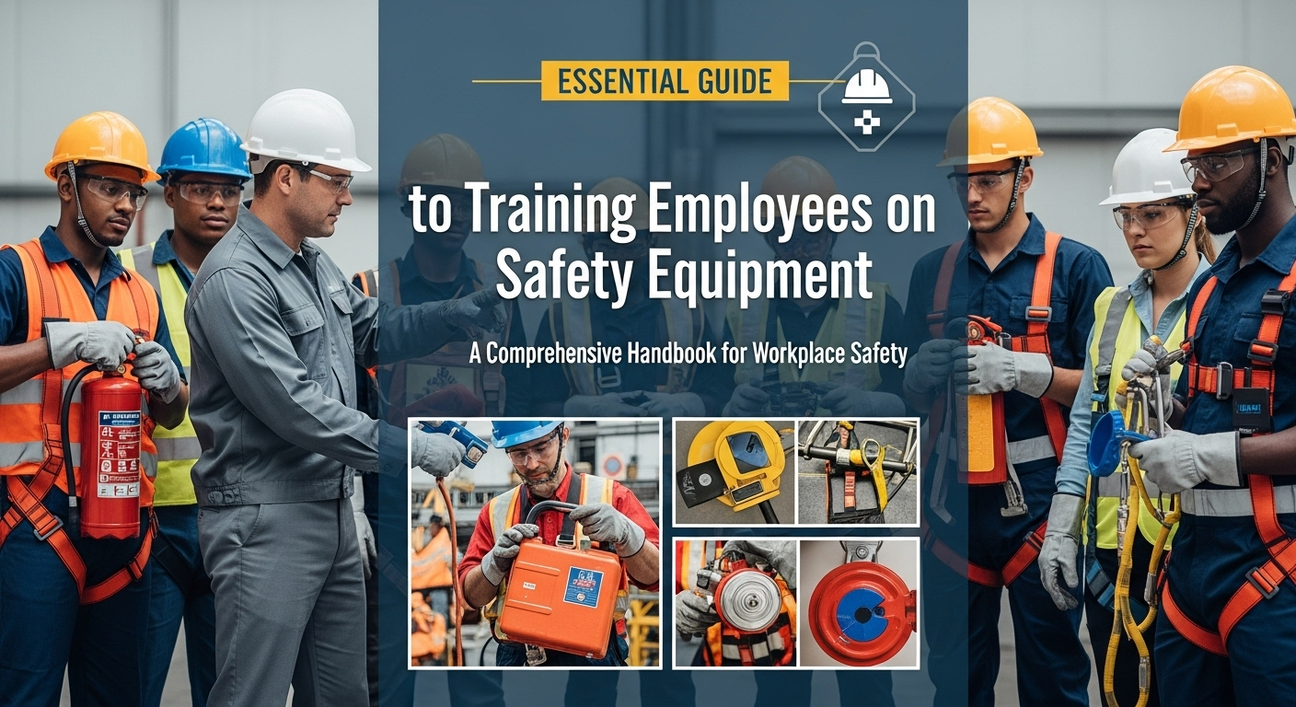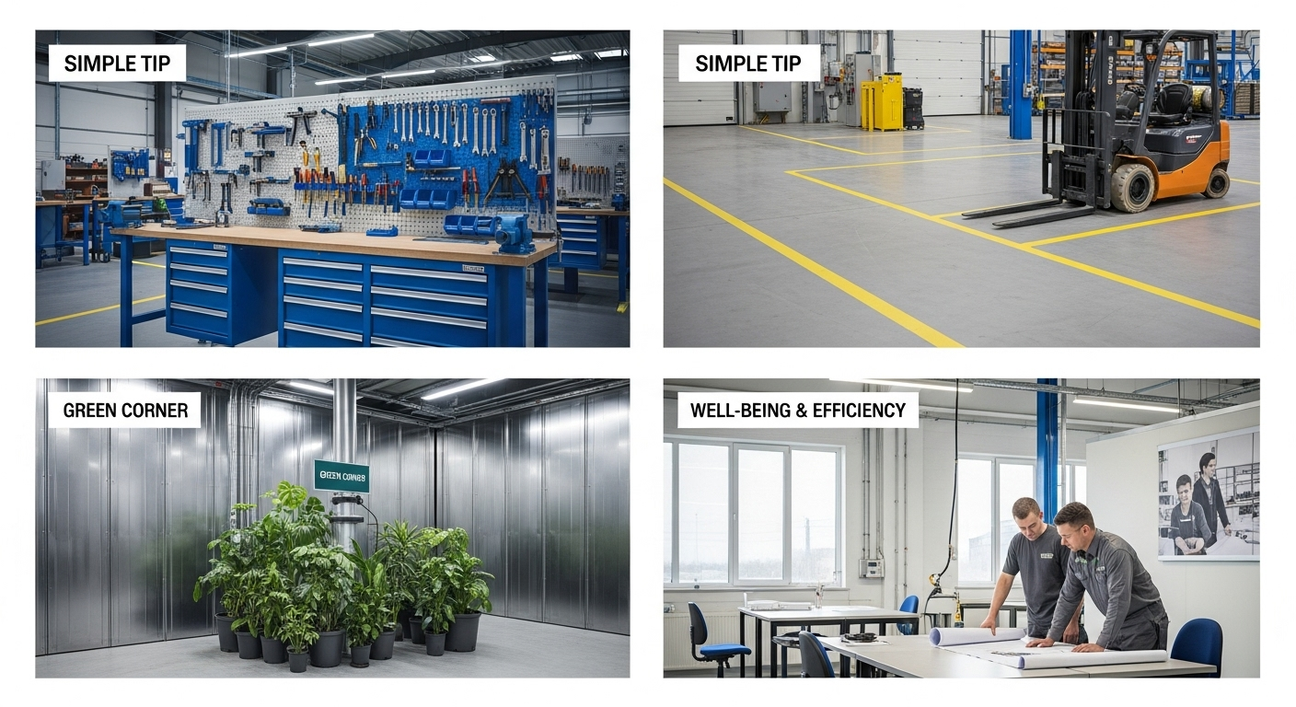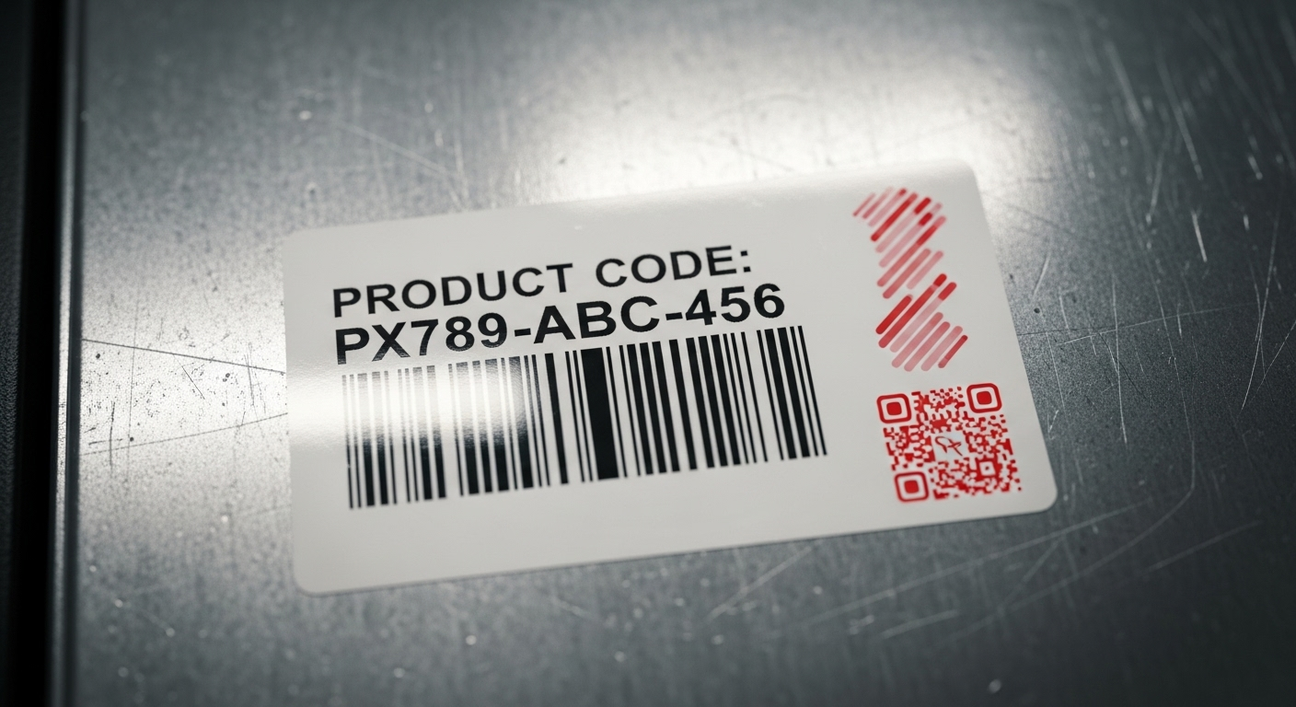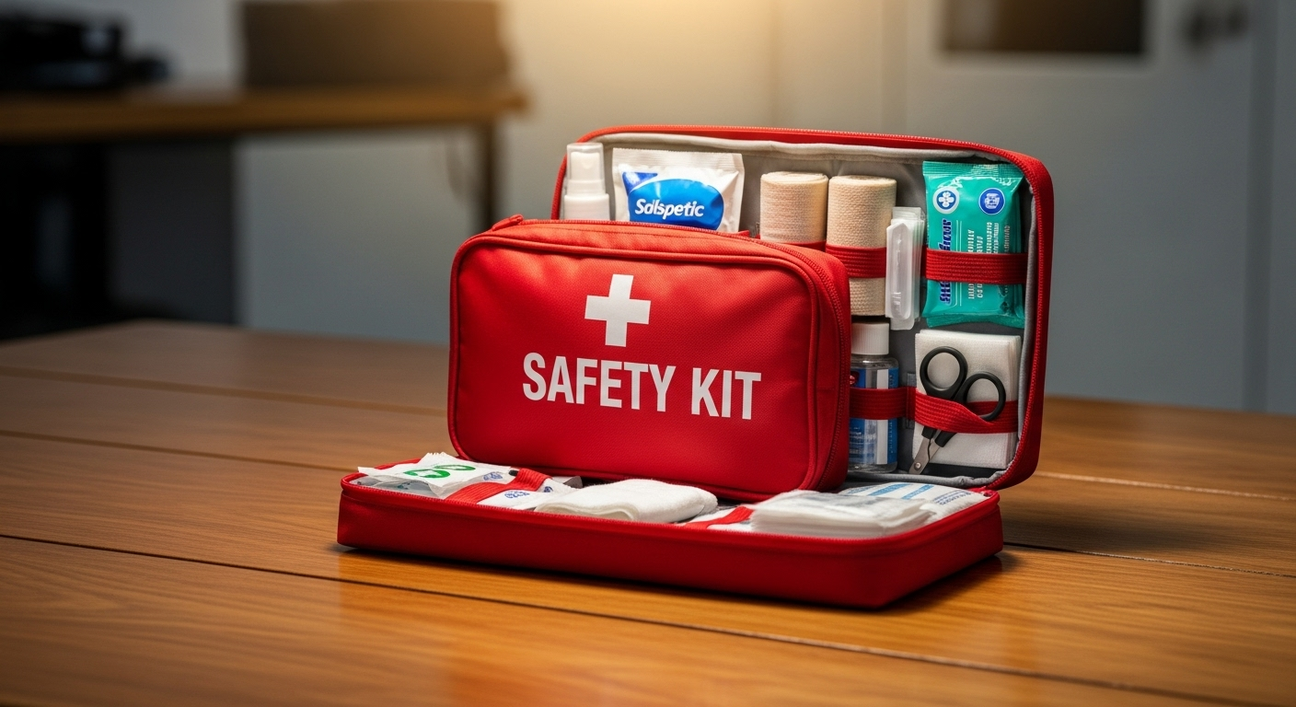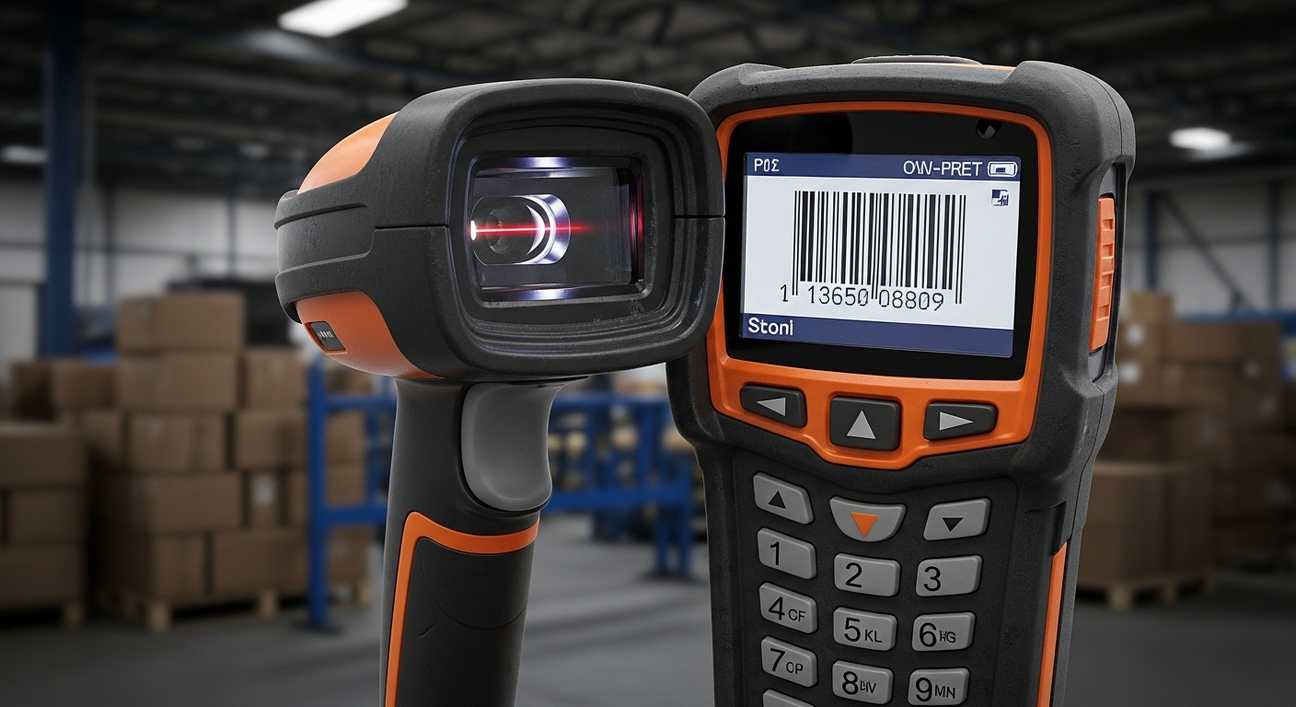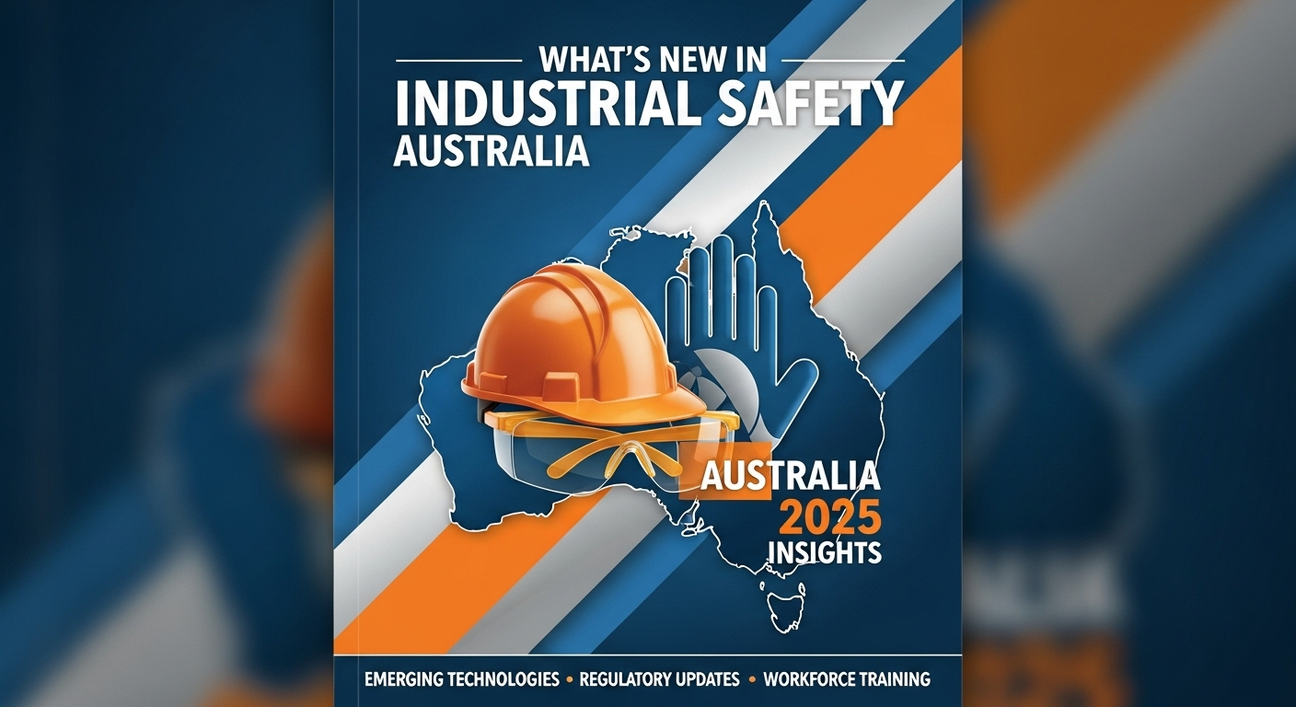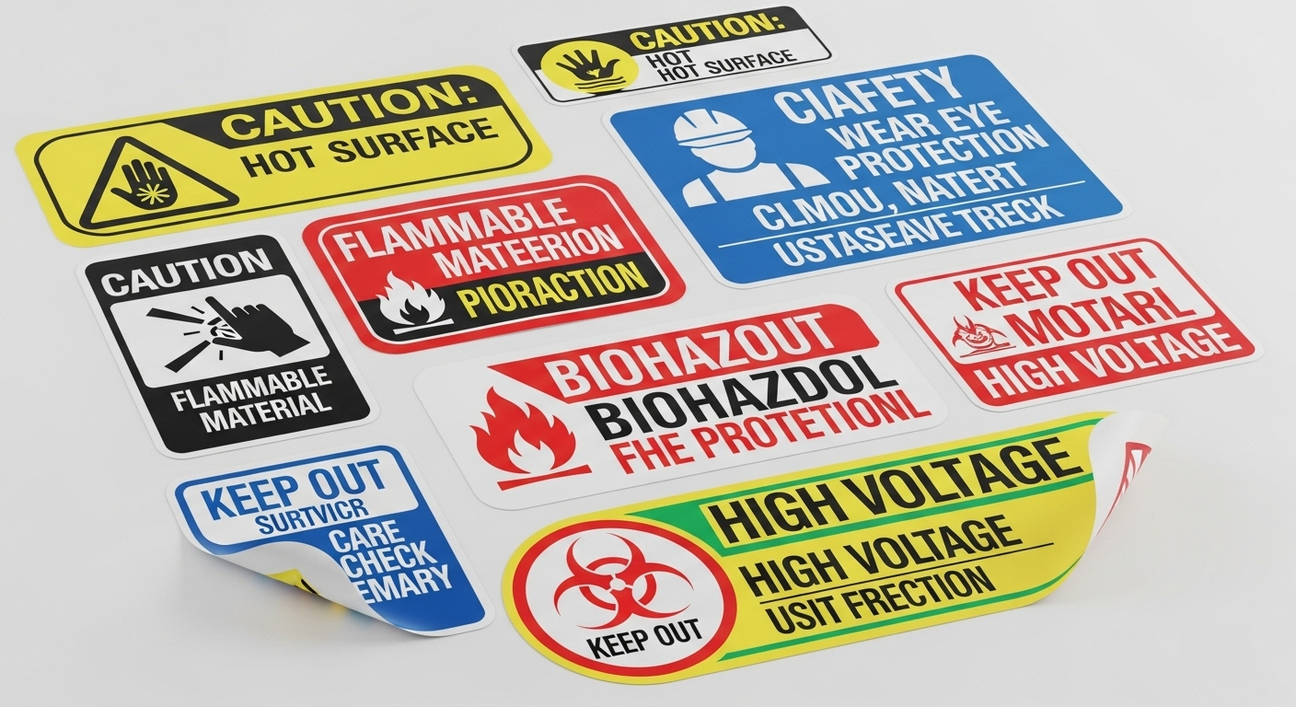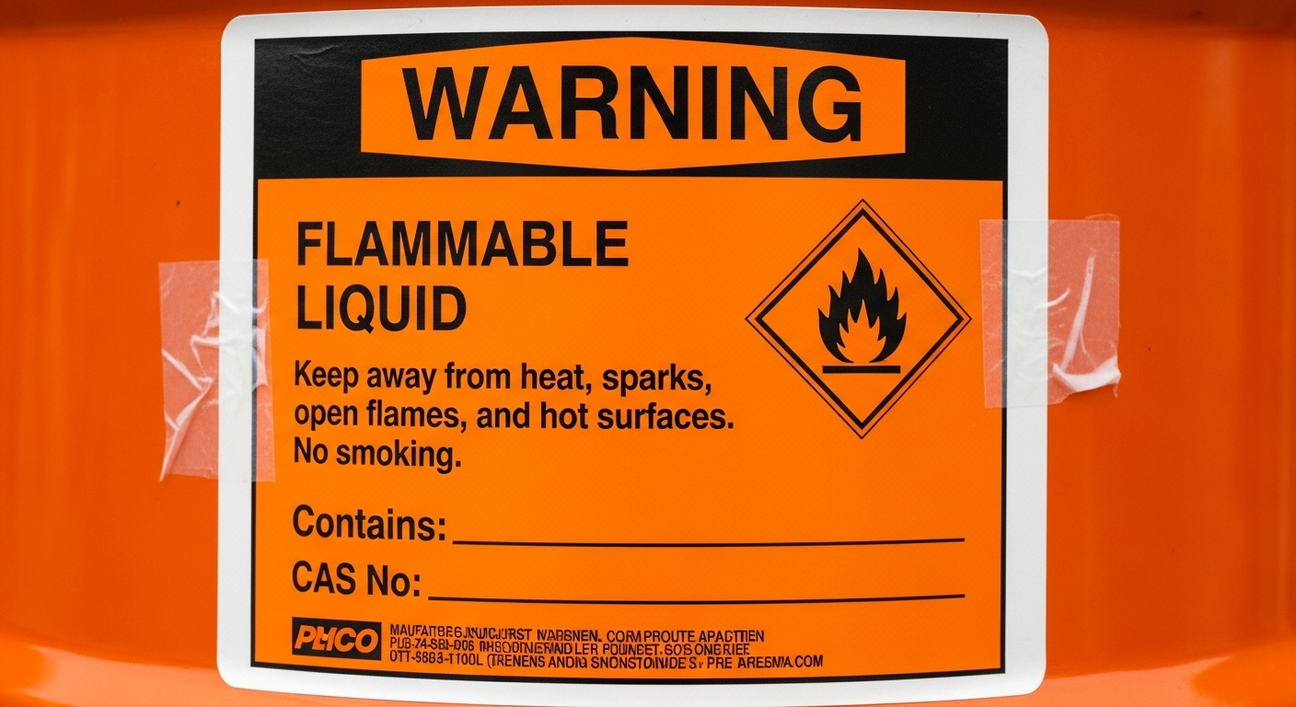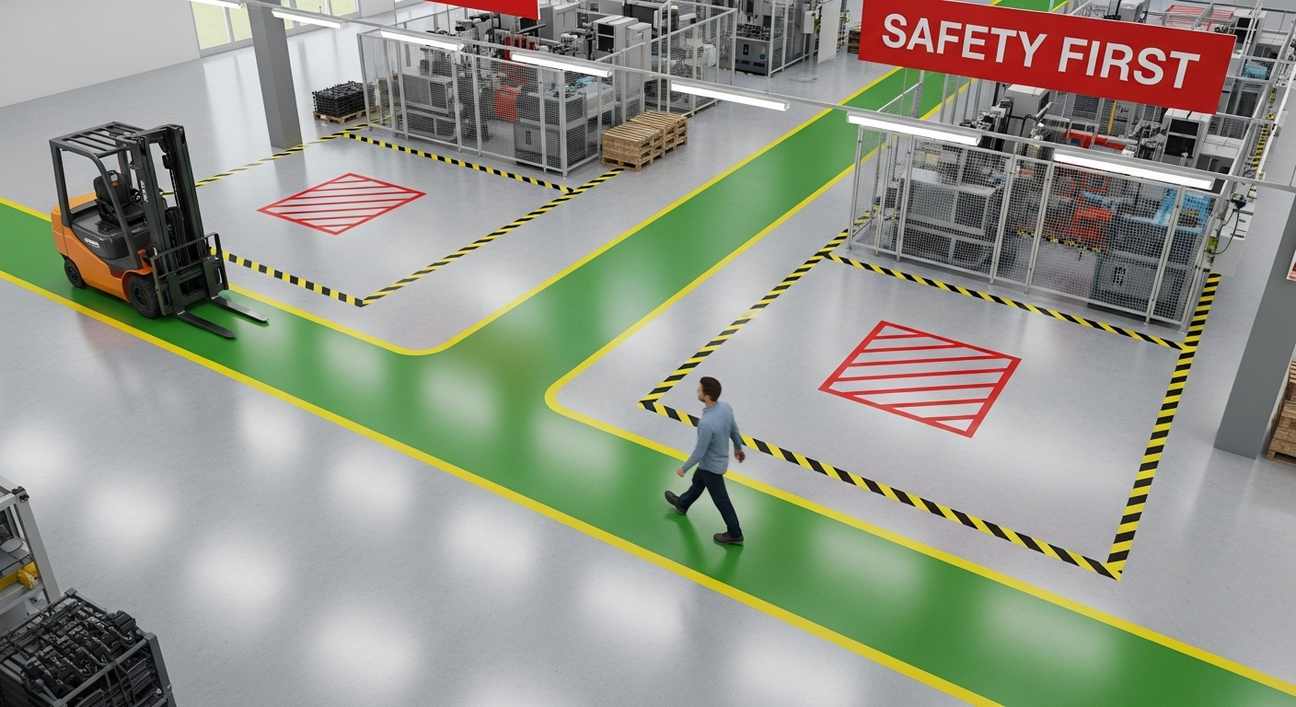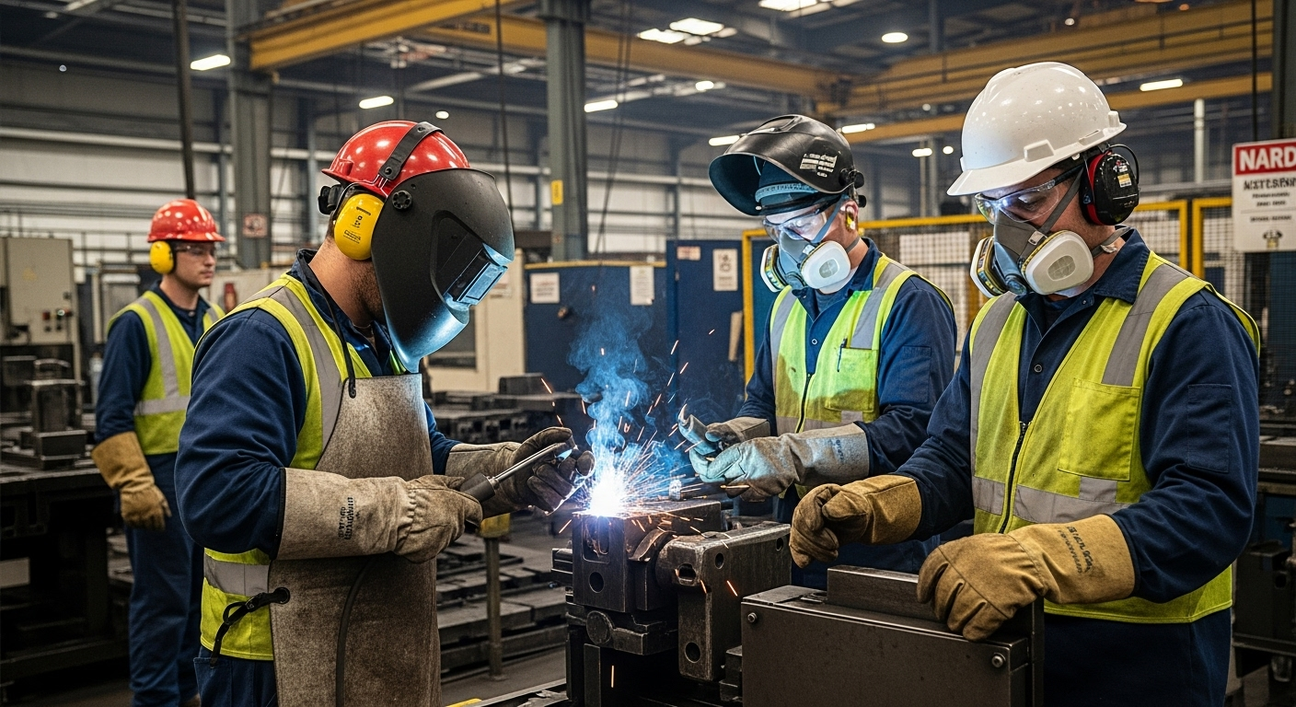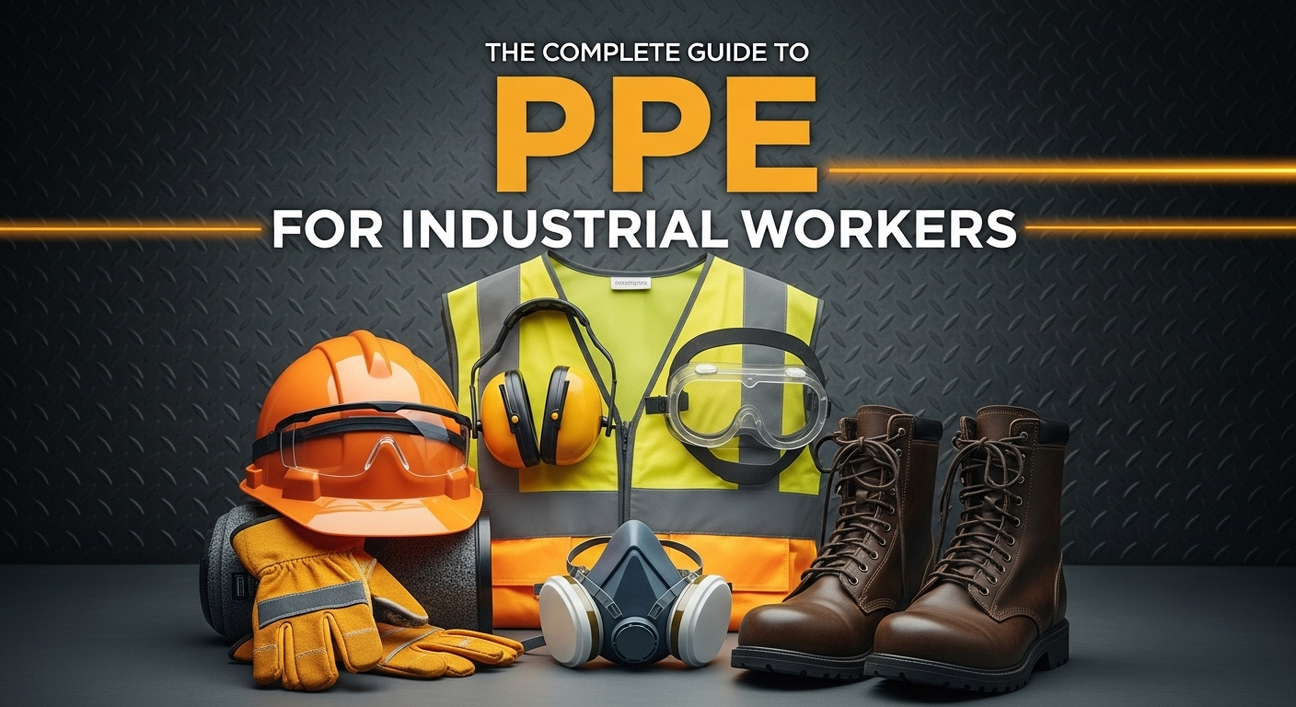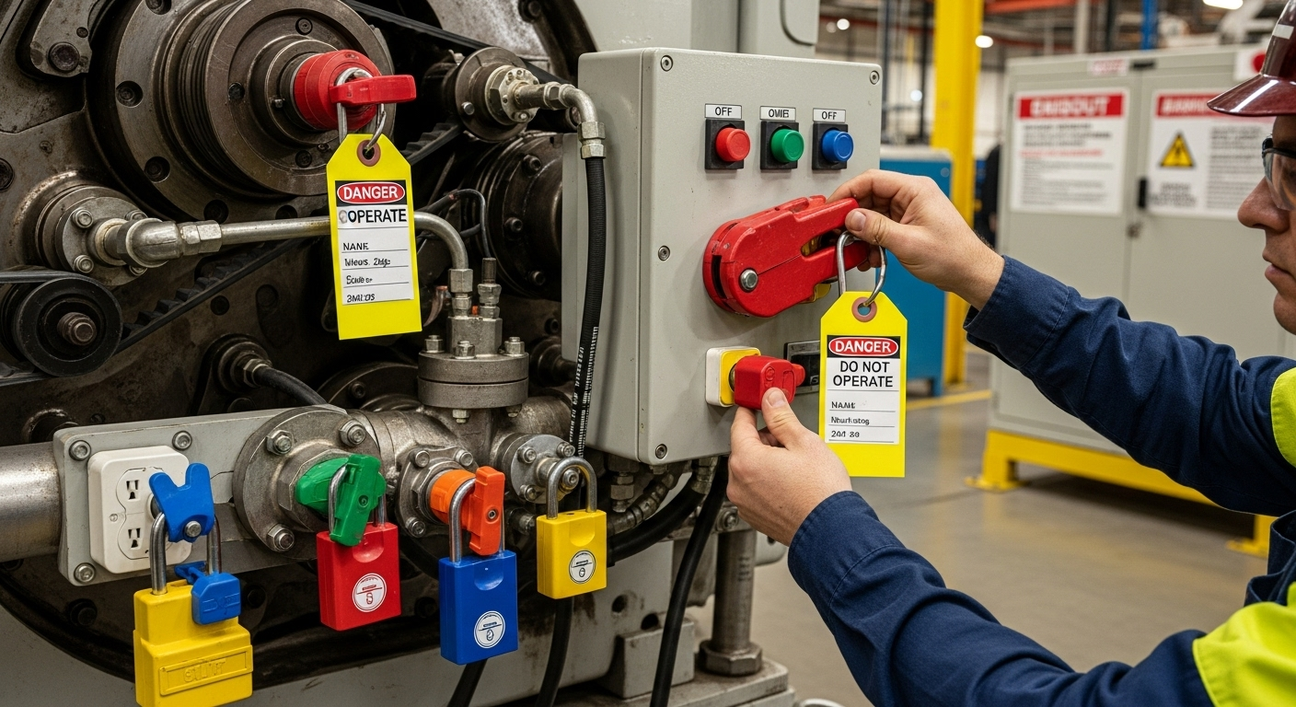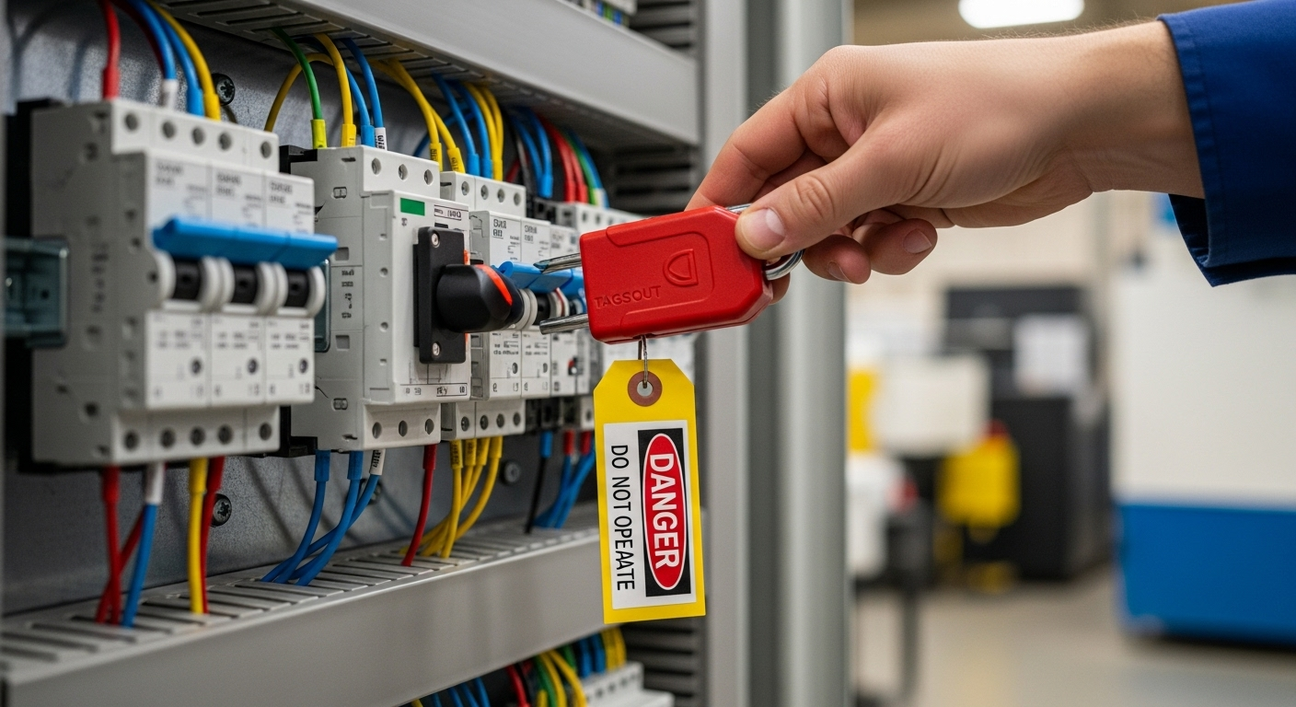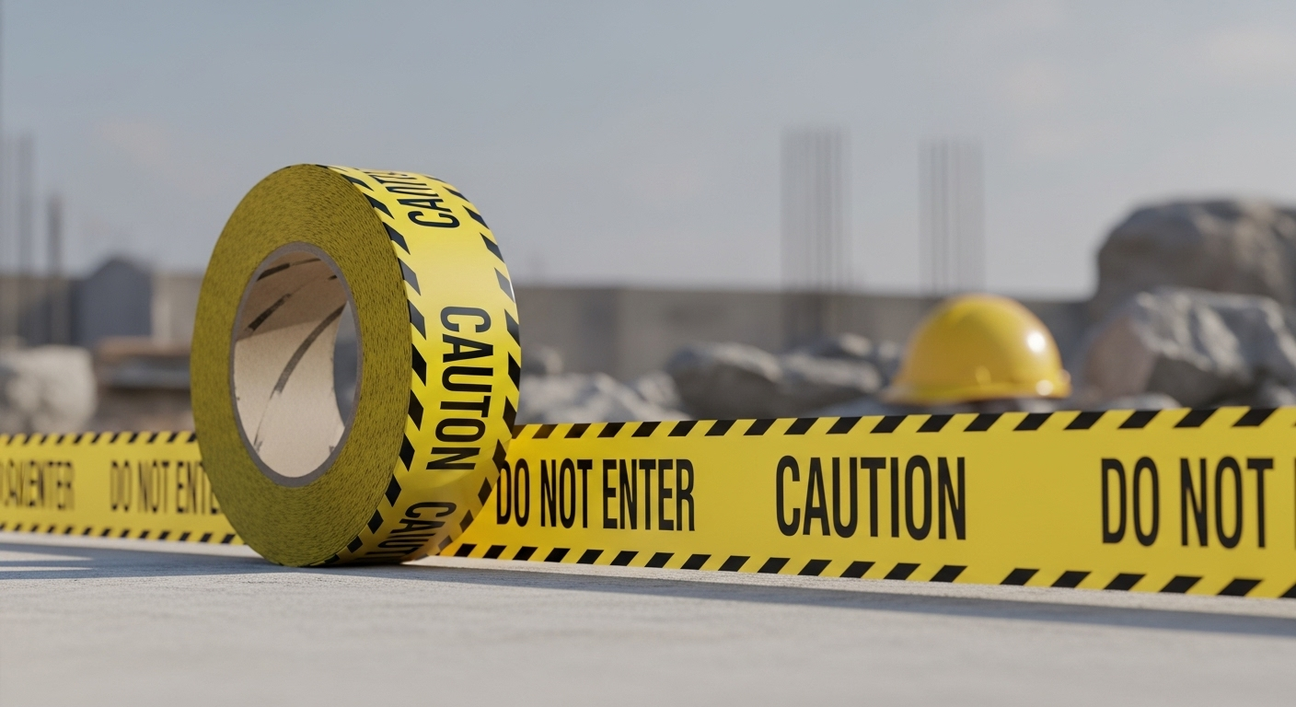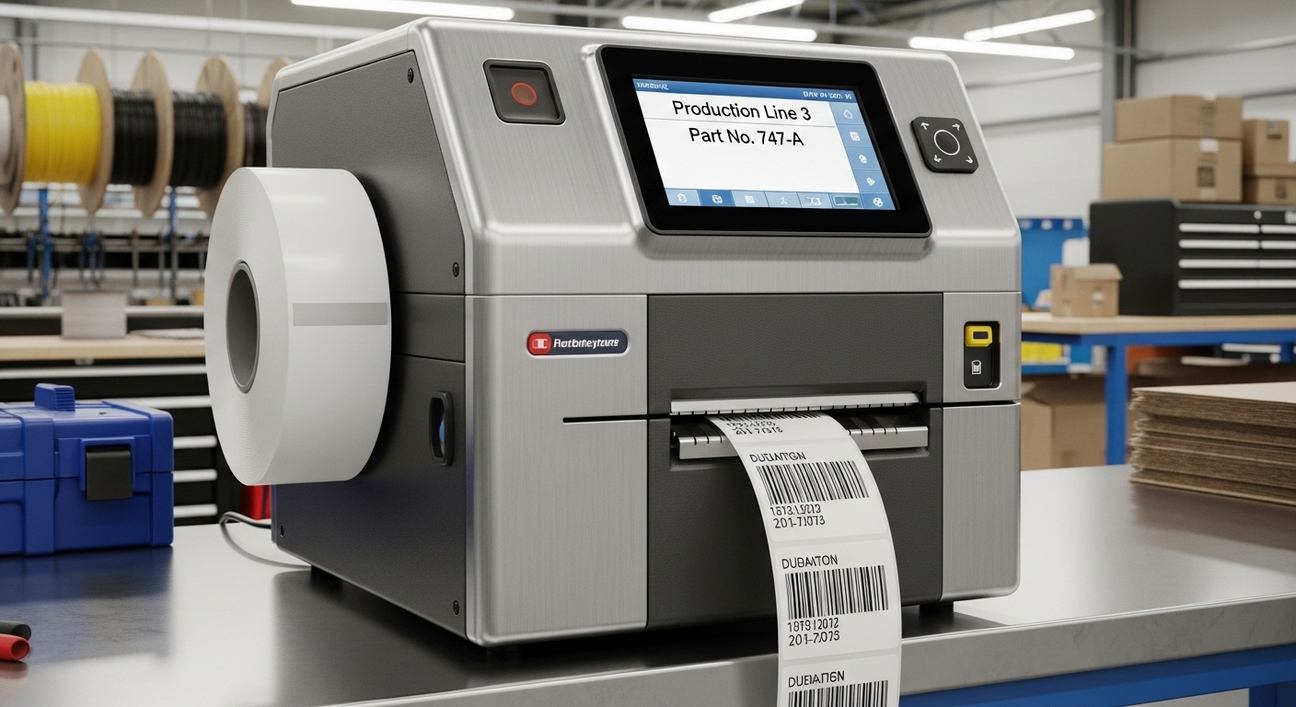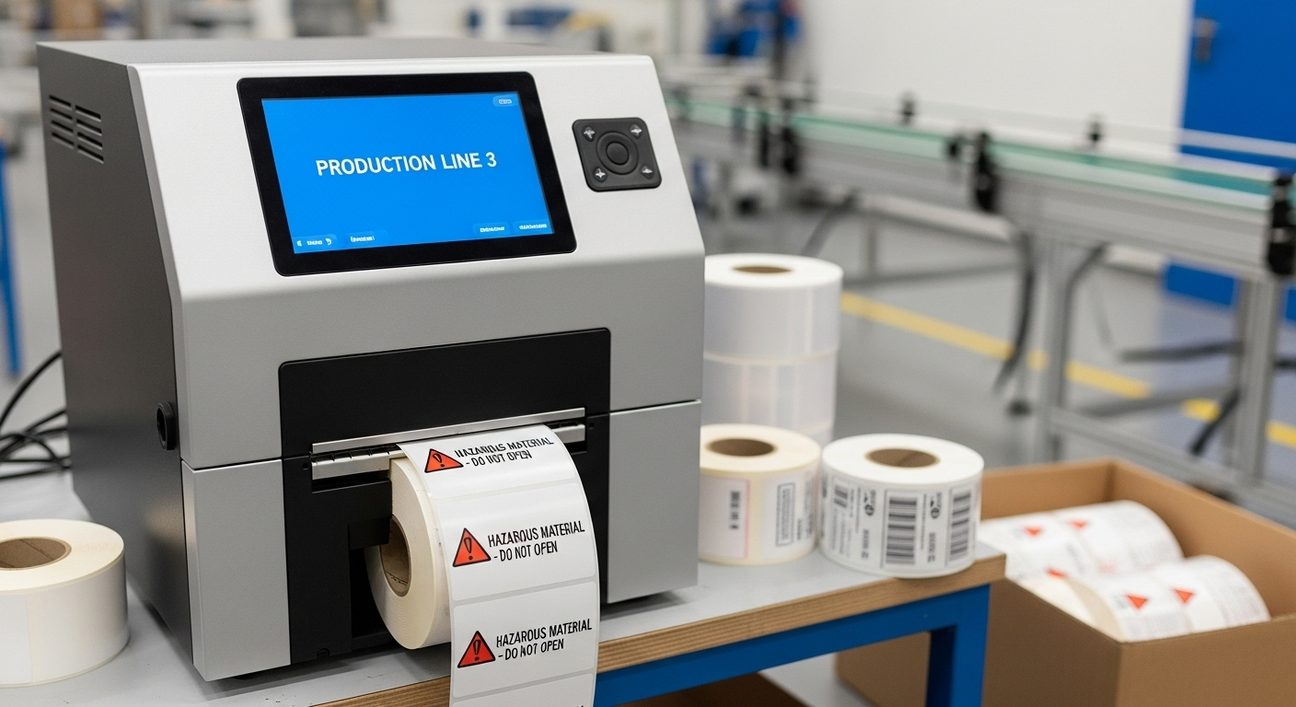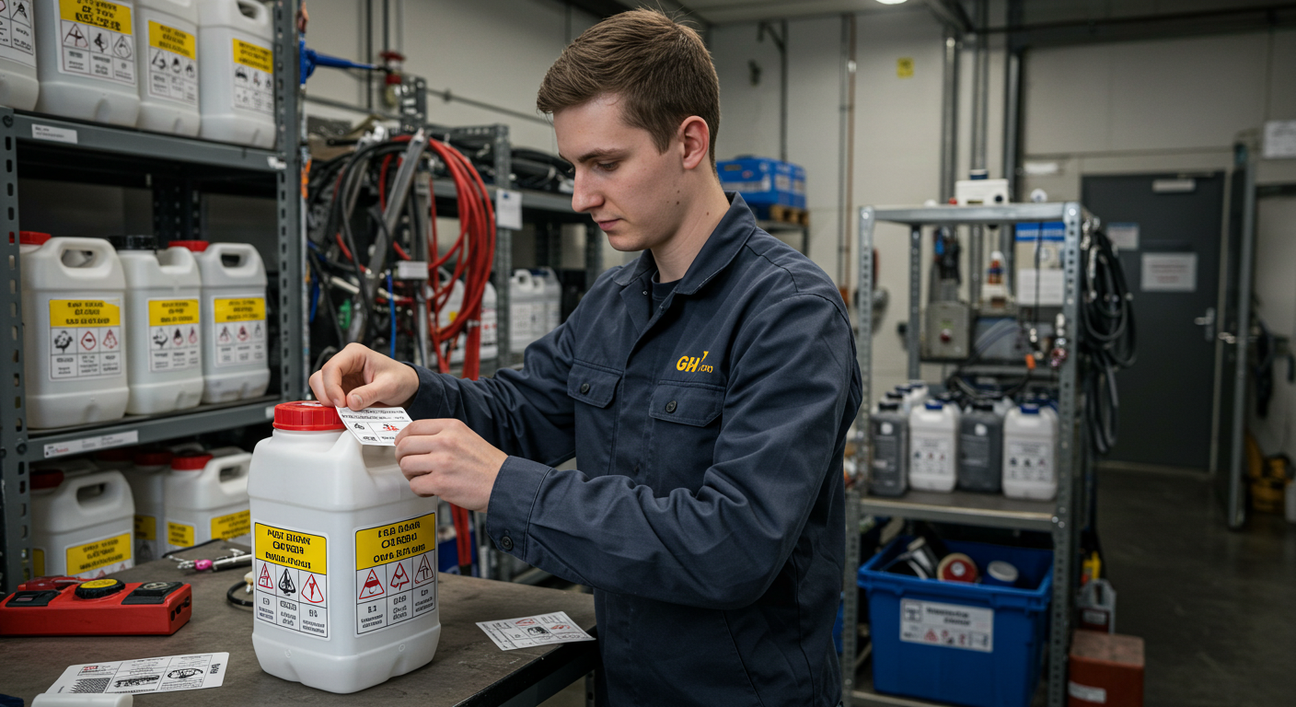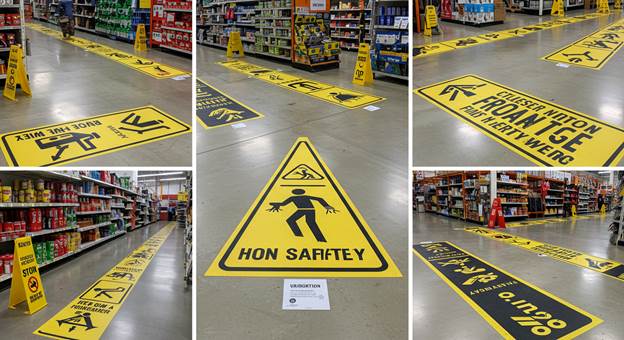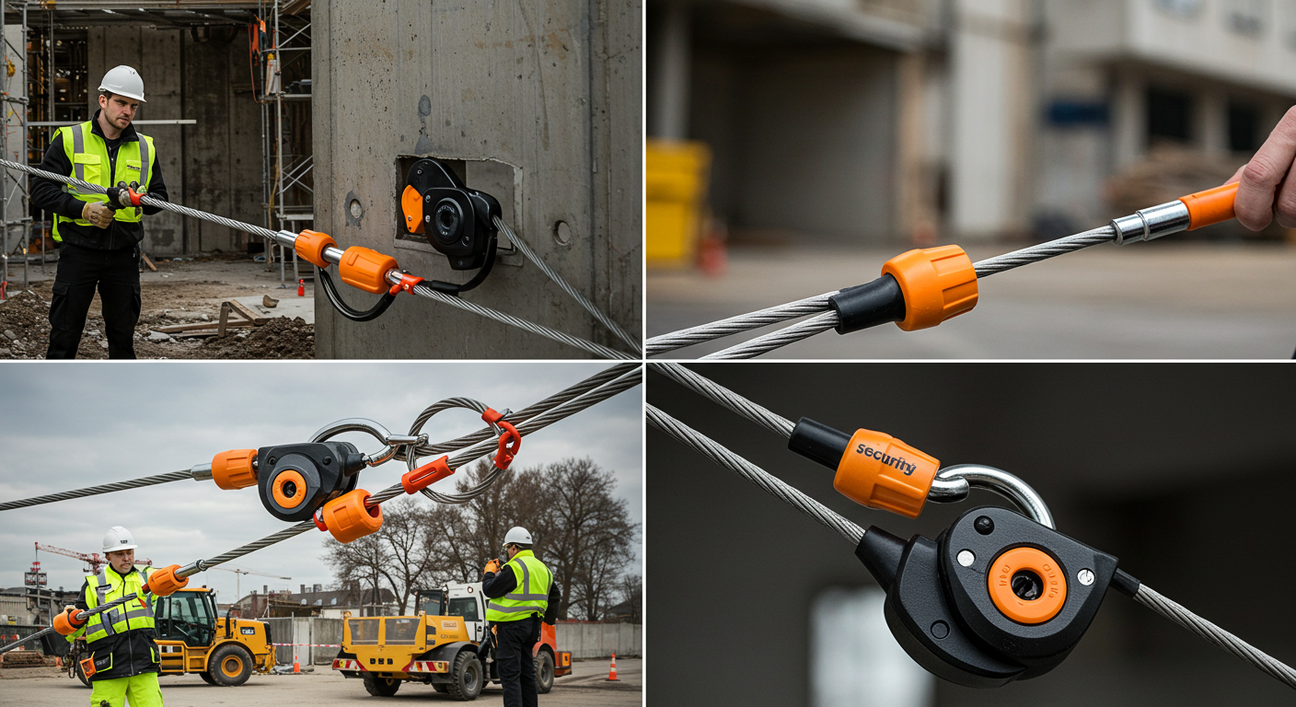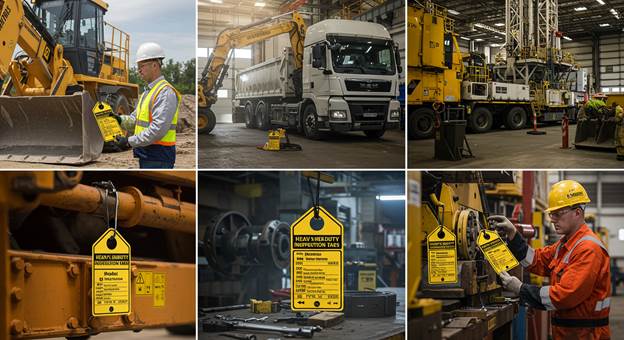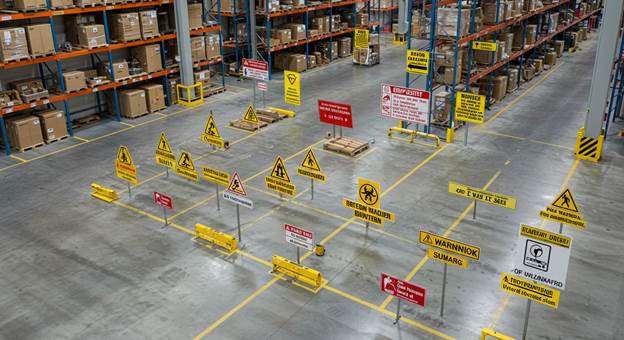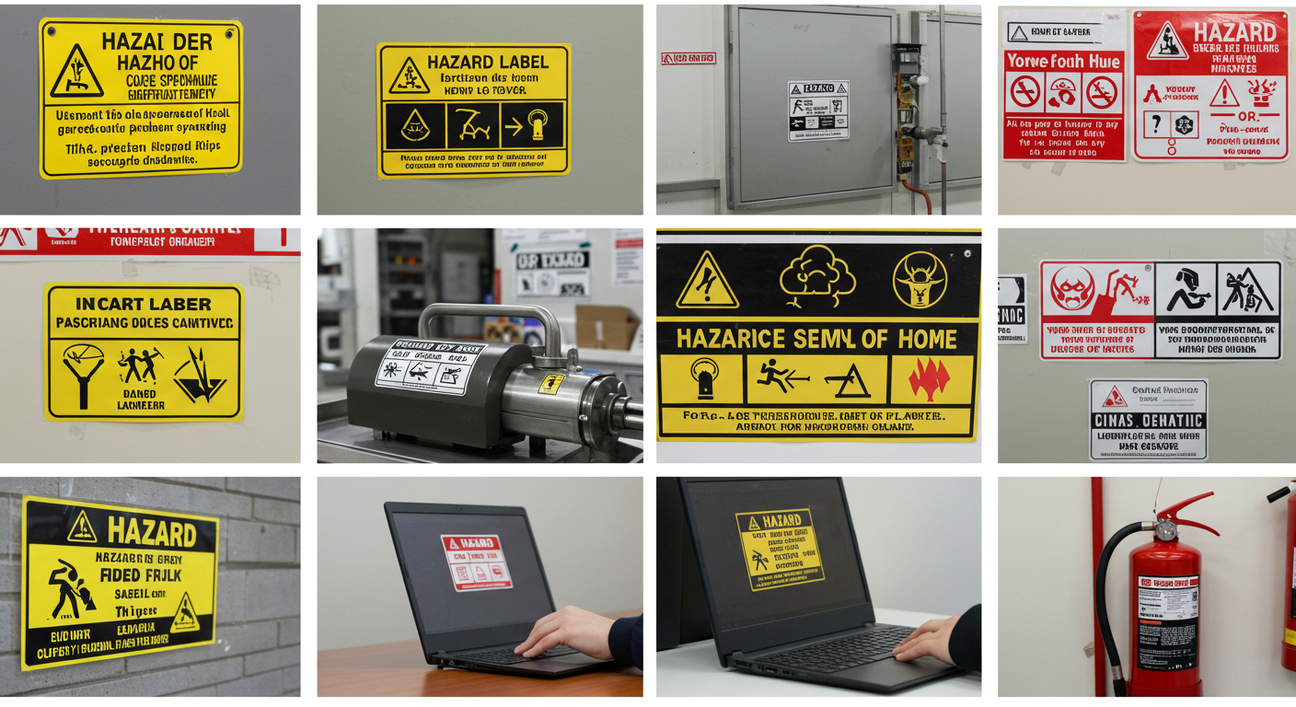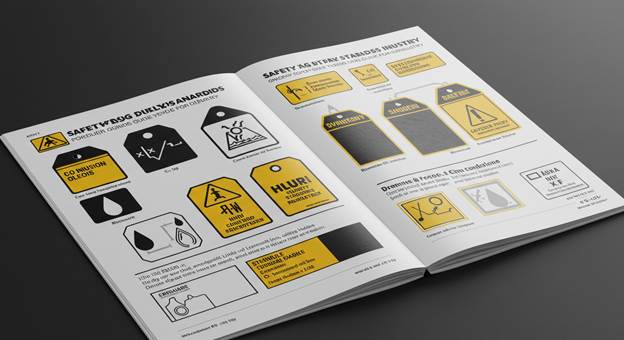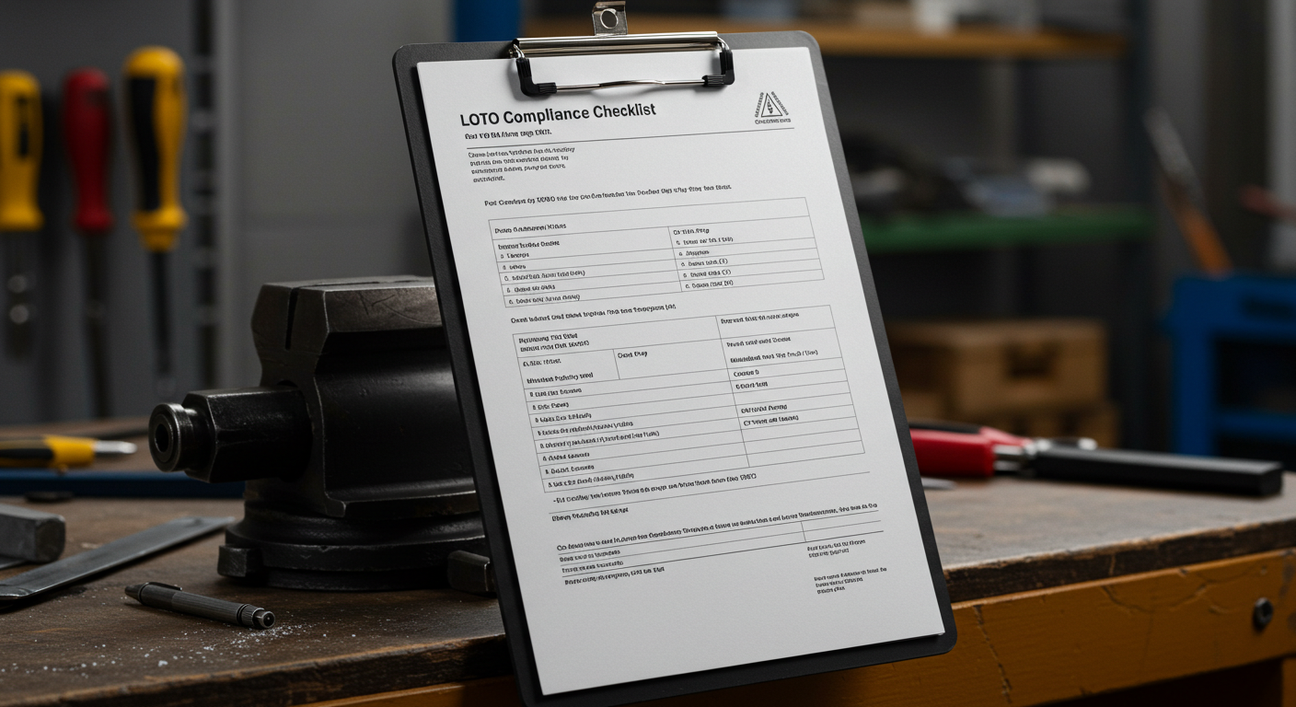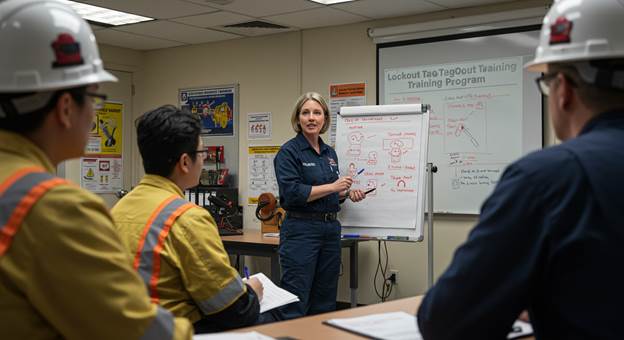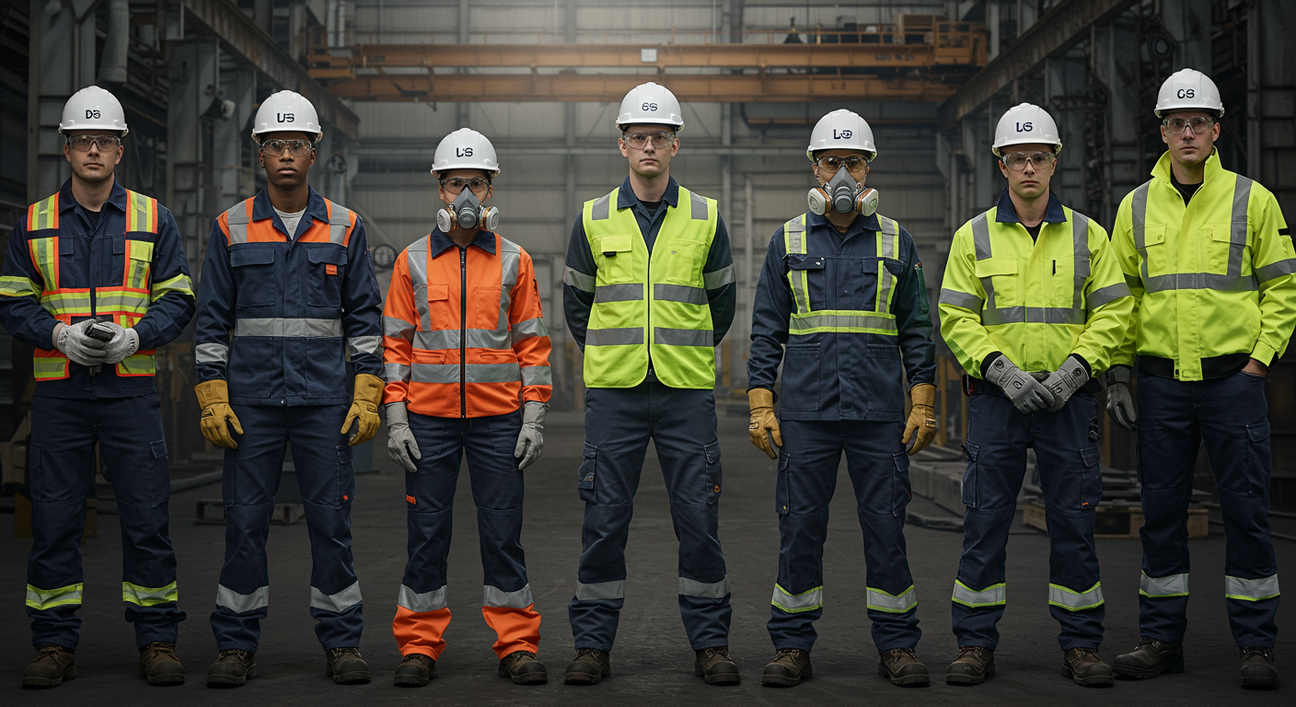Boost Safety Compliance with These Top Signage Kits
Creating a safe work environment starts with communication — and the best workplace signage kits for safety compliance make that possible. These kits provide clear visual cues that help employees follow safety procedures, locate hazards, and understand emergency protocols. Whether it’s a busy warehouse, a factory floor, or a construction site, using the right signage ensures everyone knows the rules, reducing accidents and improving overall compliance.
Modern signage solutions are not just about stickers and boards. Today’s kits combine design, durability, and compliance with OSHA standards to meet the growing demands of workplace safety.
The Role of Safety Signs in Reducing Workplace Hazards
Safety signs are more than just visual reminders — they are part of a complete safety communication system. A simple “Caution: Wet Floor” sign or “Wear PPE Beyond This Point” notice can prevent injuries that lead to downtime or legal issues.
These signs help:
Identify high-risk areas (e.g., chemical zones, high-voltage areas)
Communicate mandatory PPE requirements
Direct workers during emergencies
Reinforce workplace safety rules
Companies that prioritize signage often see a major drop in avoidable accidents. Investing in high-quality signs is one of the easiest ways to boost compliance and protect your workforce.
Understanding Industrial Signage Standards
When it comes to industrial signage, consistency and clarity are key. Industrial facilities require durable materials that can withstand harsh conditions like heat, moisture, and chemical exposure. Signs must remain visible even in low light or high-traffic zones.
Common types of industrial signs include:
Warning signs: Alert workers to potential hazards.
Mandatory signs: Indicate required actions like wearing helmets or gloves.
Prohibition signs: Communicate restricted behaviors, such as “No Entry” zones.
Emergency signs: Direct workers to exits, first-aid kits, or emergency showers.
Following recognized safety standards, such as those defined in the OSHA signage guide, helps ensure that each message is understood universally and meets legal compliance requirements.
The OSHA Signage Guide: Key Rules for Compliance
The OSHA signage guide provides the foundation for how safety signs should be designed, displayed, and maintained. OSHA’s standards specify color codes, wording, and symbol use to make safety communication consistent across all workplaces.
Here are some of the most important OSHA rules:
Red: Used for danger signs and fire equipment.
Yellow: Indicates caution and physical hazards.
Green: Denotes safety and first-aid equipment.
Blue: Used for informational or mandatory notices.
Regular inspections should be performed to make sure signs are clean, readable, and placed where they can be seen easily. Non-compliance can result in costly fines or worse — preventable accidents.
Exploring Labeling Kits for Safer Work Environments
Beyond wall-mounted signs, labeling kits are another essential part of safety communication. These kits allow you to create custom labels for equipment, pipes, electrical panels, or chemical containers.
A good labeling kit includes:
Durable adhesive materials resistant to water, oil, and fading
Pre-printed OSHA-compliant templates
Label printers for custom messaging
Color-coded labels for hazard levels
By keeping labeling consistent and professional, businesses can make sure workers instantly recognize hazards and instructions — even in complex environments.
How to Choose the Best Workplace Signage Kits for Safety Compliance
Selecting the right signage kit depends on your industry, environment, and specific safety needs. When choosing the best workplace signage kits for safety compliance, consider:
Durability: Choose materials that can handle your work conditions (UV, water, or chemical exposure).
Variety: The kit should include general and industry-specific signs.
Customization: Look for kits that allow you to add your company name, logo, or unique hazard labels.
Compliance: Always check if the kit aligns with OSHA and ANSI standards.
High-quality signage kits may cost more upfront, but they last longer and reduce the risk of fines or rework.
Reinforcing Workplace Safety Rules with Signage

Posting workplace safety rules is not just about meeting regulations — it’s about building a safety-first culture. Signs help remind workers of best practices every day, especially in high-risk industries like construction, logistics, and manufacturing.
Some key safety rules that signage should highlight:
Wear proper PPE before entering work zones.
Keep aisles and exits clear at all times.
Report unsafe conditions immediately.
Follow lockout/tagout procedures during maintenance.
Visible and well-placed signage helps reinforce these behaviors, keeping everyone alert and accountable.
Benefits of Using Modern Signage Kits
Modern signage kits go beyond traditional boards. They now include reflective materials, digital display panels, and smart tags that can integrate with monitoring systems.
Key benefits include:
Better visibility: Even in low light or smoky environments.
Easy updates: Replace or print new signs quickly with digital labeling tools.
Consistent branding: Align signage design with your company’s look.
Higher engagement: Visuals that attract attention and improve message recall.
This technology-driven approach makes compliance easier and strengthens safety awareness across departments.
Implementation Tips: Where and How to Place Safety Signs
Proper placement is just as important as the message itself. Here’s how to make signage more effective:
Position signs at eye level and near the associated hazard.
Use reflective materials for low-light areas.
Place signs at entry and exit points for reminders.
Inspect signs monthly and replace any that are worn or faded.
A workplace signage map or checklist can help make sure nothing is overlooked during installation.
Common Mistakes to Avoid
Even good signage won’t work if used incorrectly. Avoid these common errors:
Overcrowding walls with too many signs.
Using faded or unreadable graphics.
Placing signs too high or too far from the hazard.
Failing to update signs after layout or process changes.
Consistent review and maintenance help keep your signage system effective and compliant.
Final Thoughts

Investing in the best workplace signage kits for safety compliance is one of the smartest steps any business can take. From safety signs and industrial signage to labeling kits and OSHA-compliant systems, these tools help protect workers, reduce accidents, and maintain a professional work environment.
When signs are visible, clear, and accurate, employees stay aware and confident — and your company stays compliant, efficient, and safe.
To equip your business with the latest in workplace safety and compliance gear, contact Archford today and explore our range of innovative safety products built for the future of Australian industry.
FAQs
Why are workplace signage kits important for safety?
They help workers quickly understand hazards, follow safety rules, and reduce workplace accidents.
What should a safety signage kit include?
It should include warning signs, mandatory PPE signs, emergency exits, and labeling materials for equipment.
How often should safety signs be checked?
Inspect all signs at least once a month to ensure they are visible, clean, and compliant with OSHA standards.
What is the OSHA signage guide?
It’s a set of rules that defines color codes, wording, and placement for all safety and hazard signs in the workplace.
What’s the difference between industrial signage and regular signs?
Industrial signage is made from durable materials that resist heat, chemicals, and outdoor wear for long-term use.

